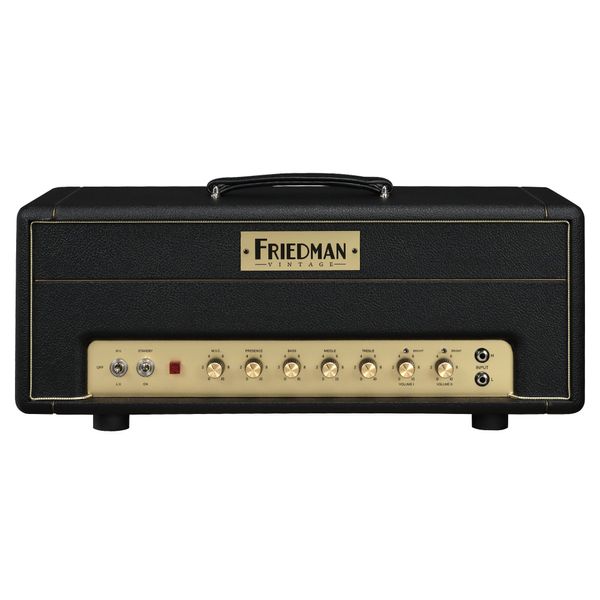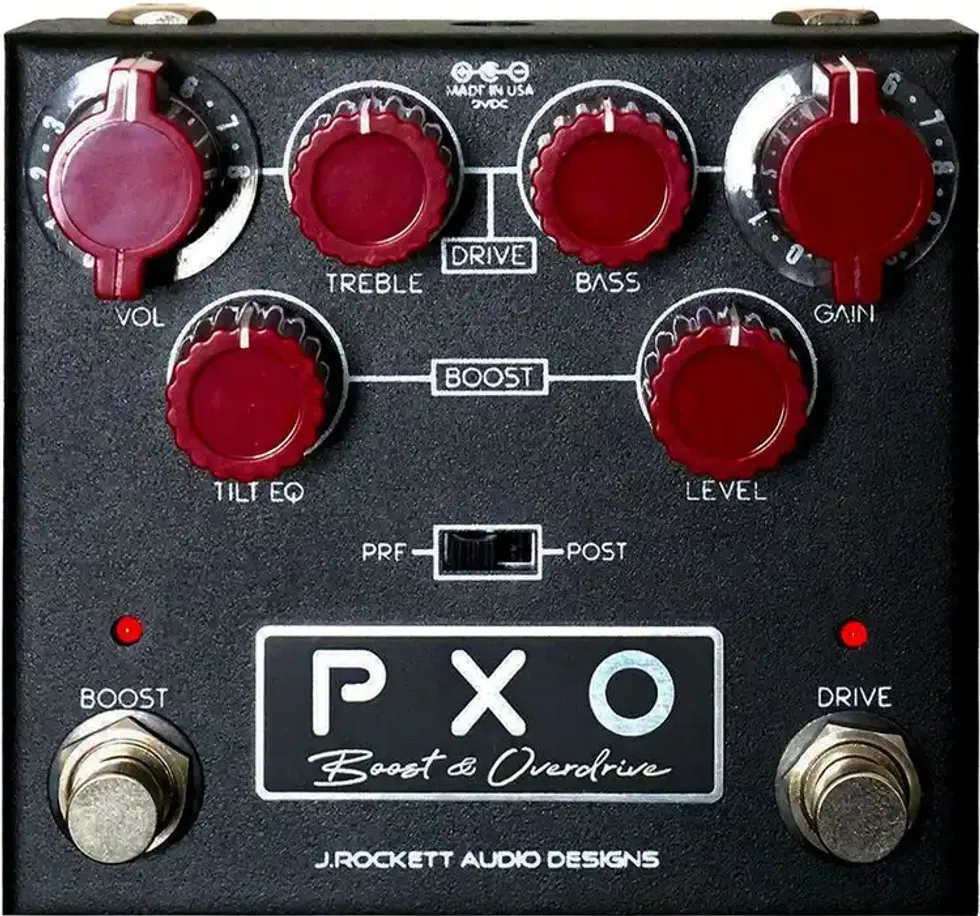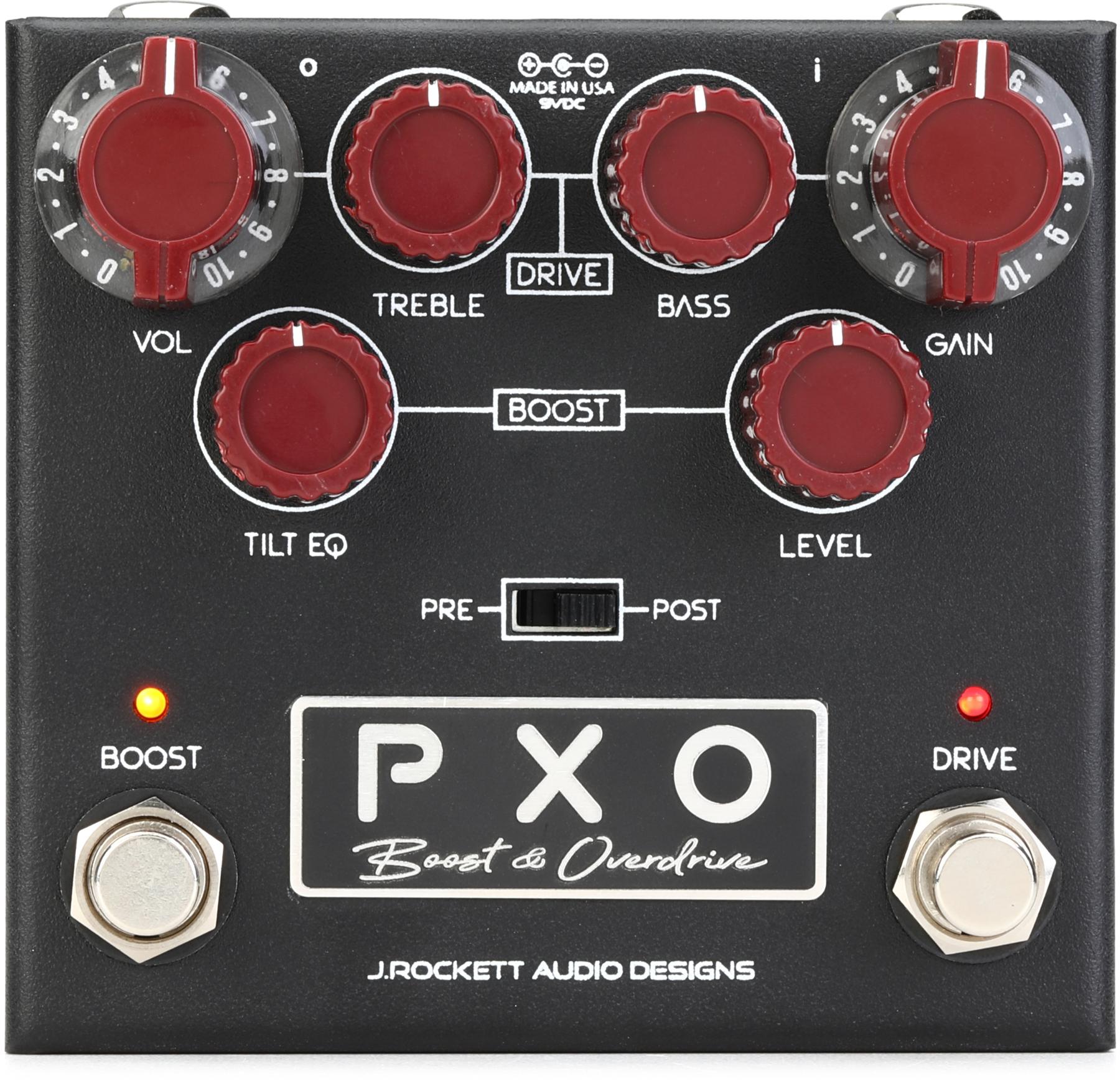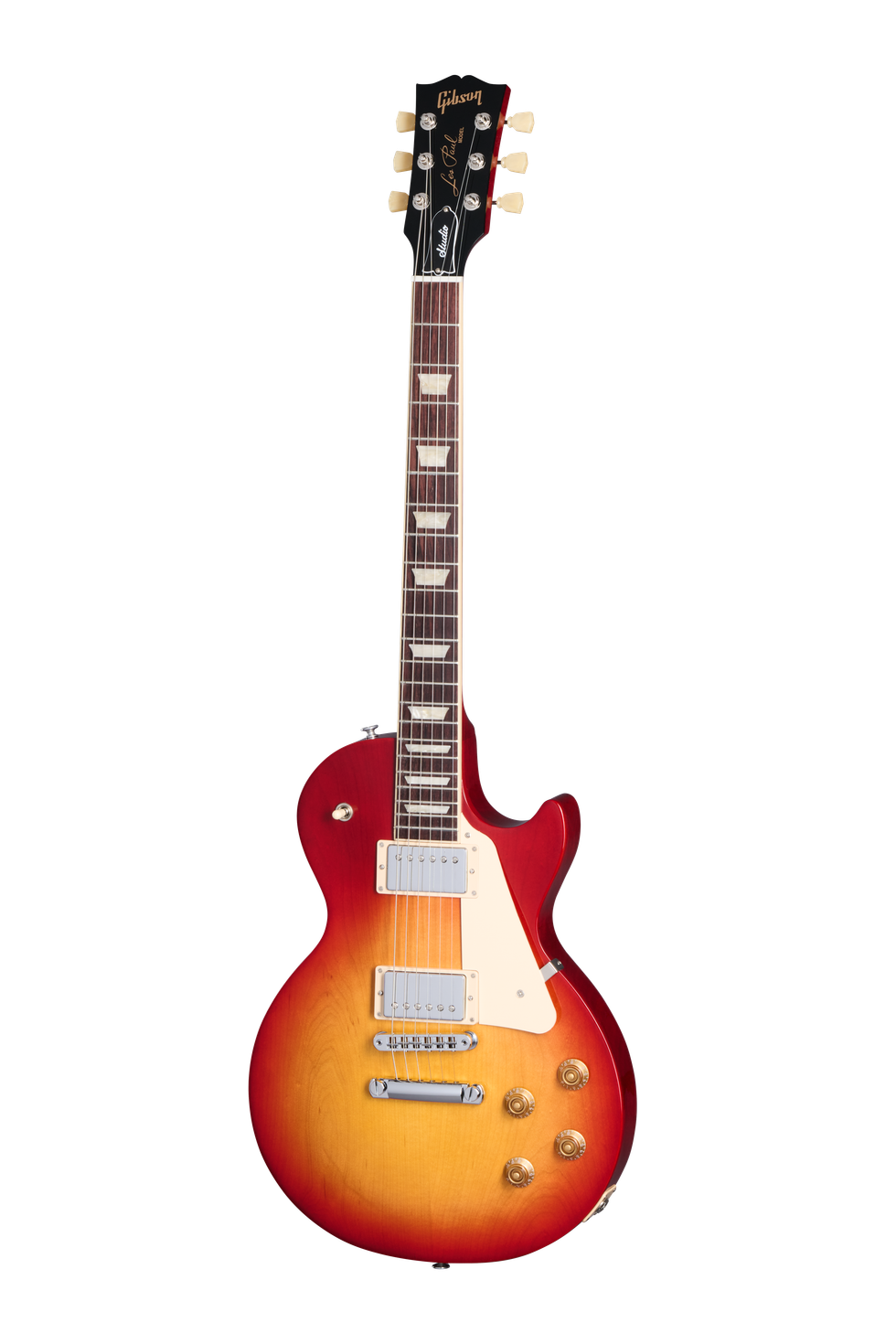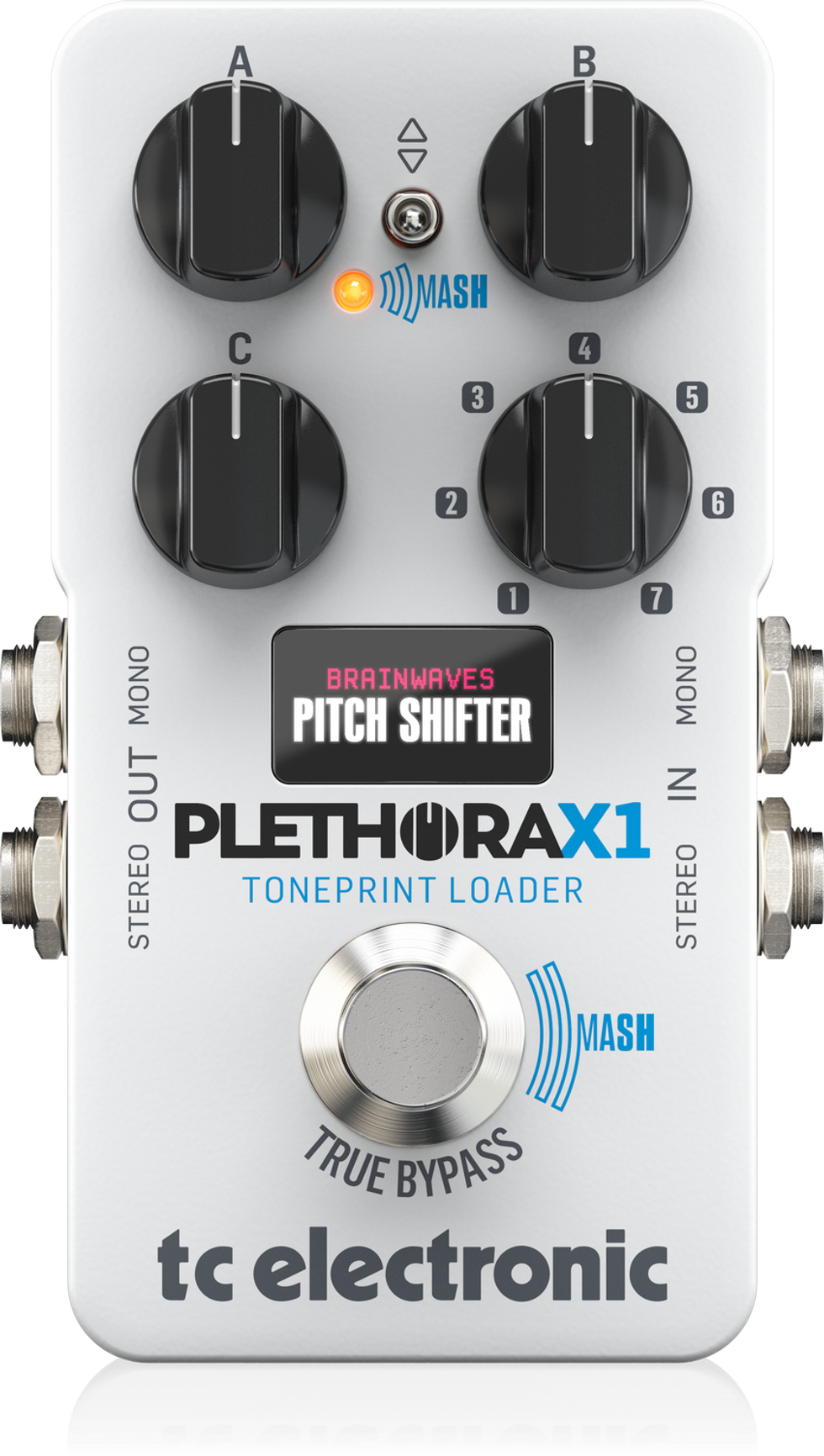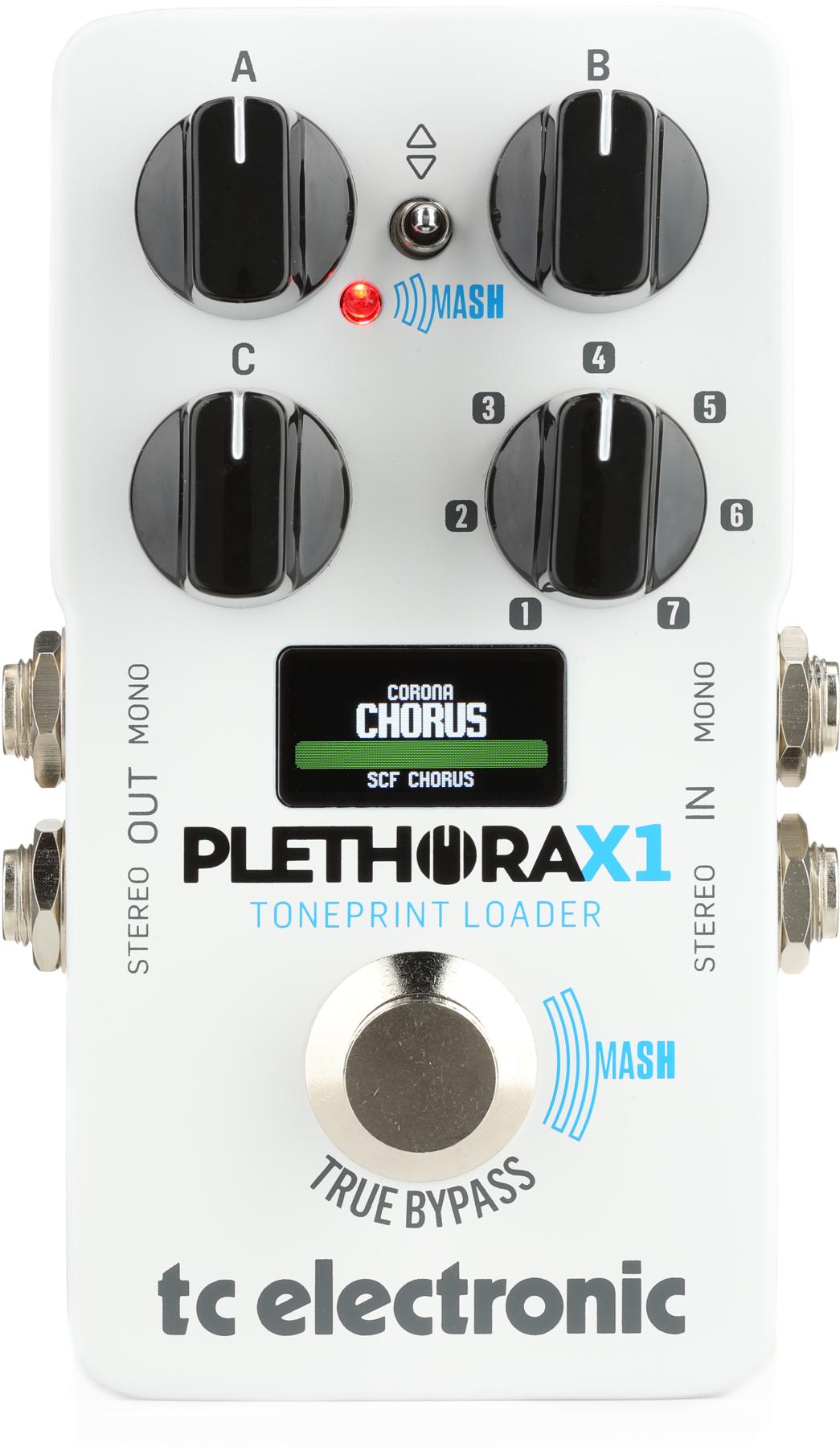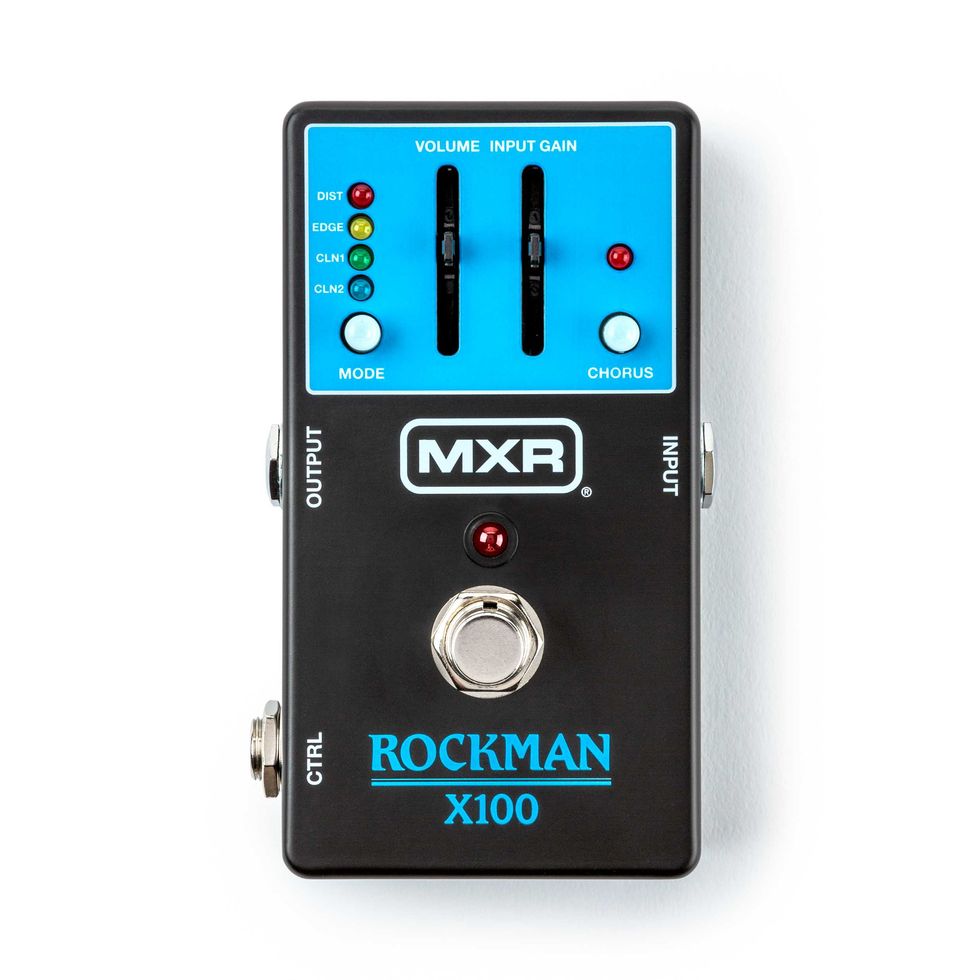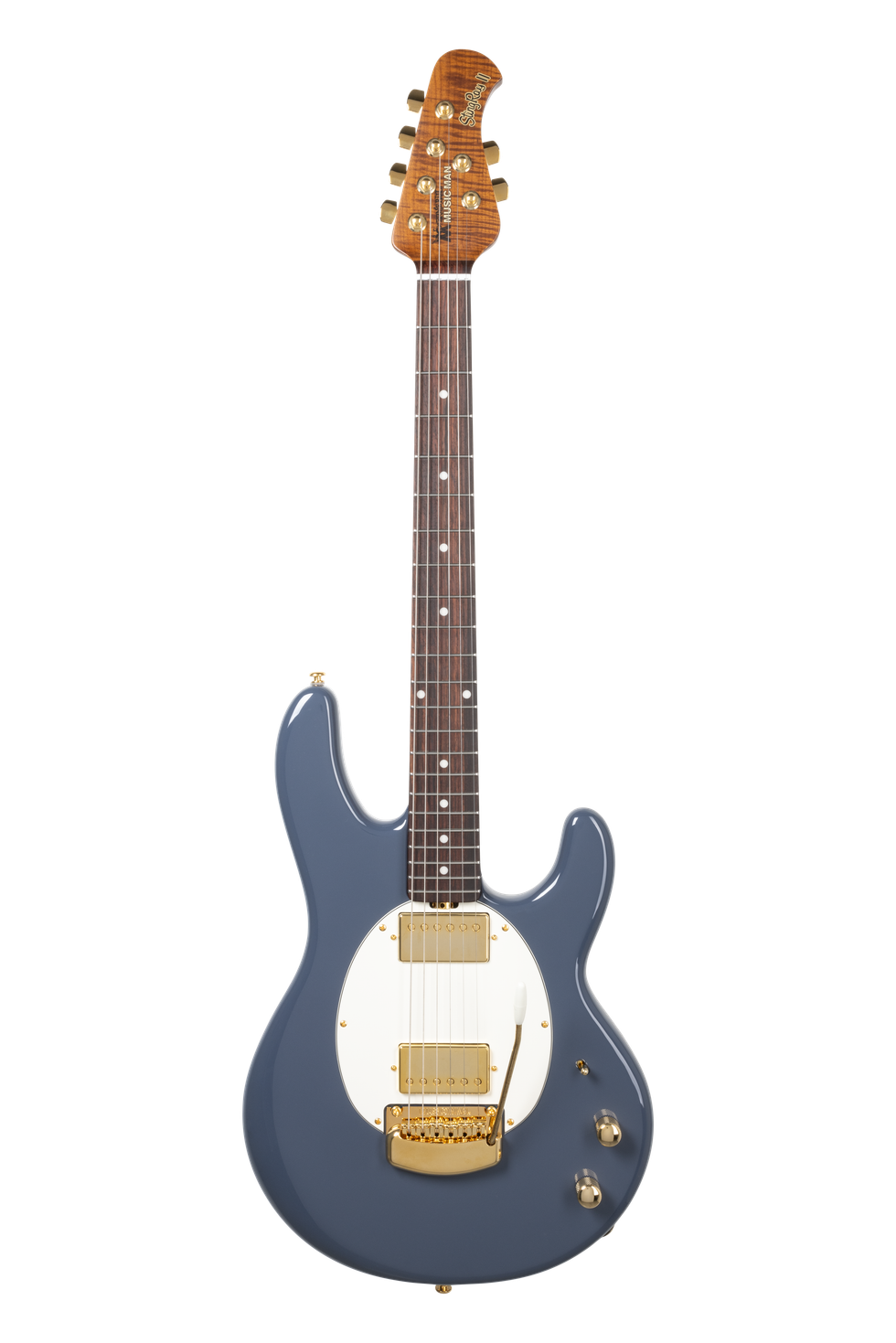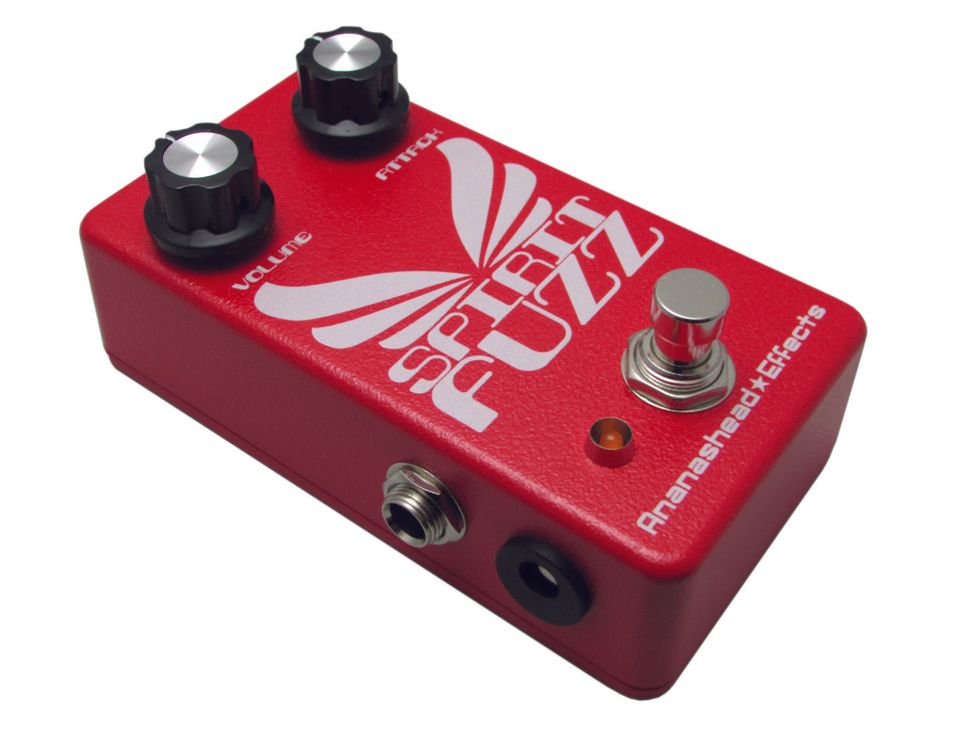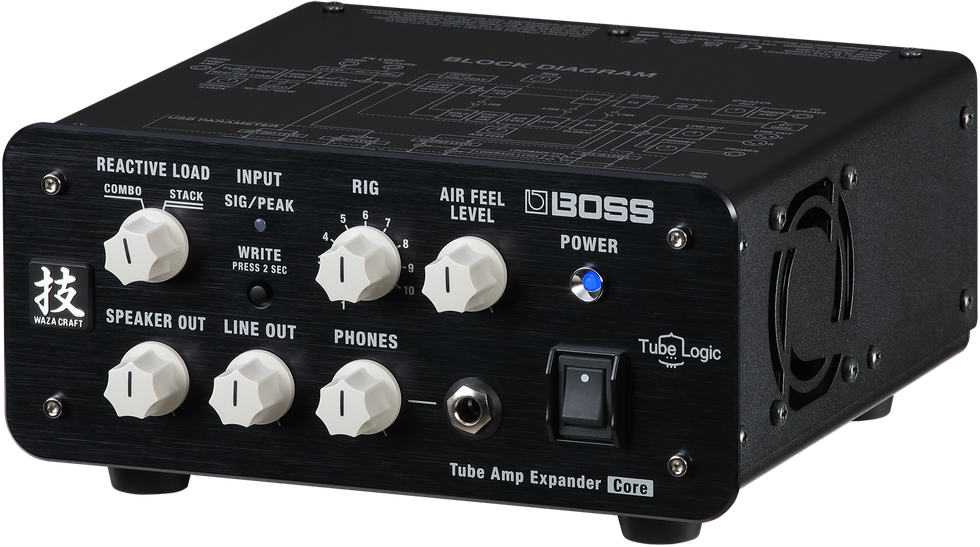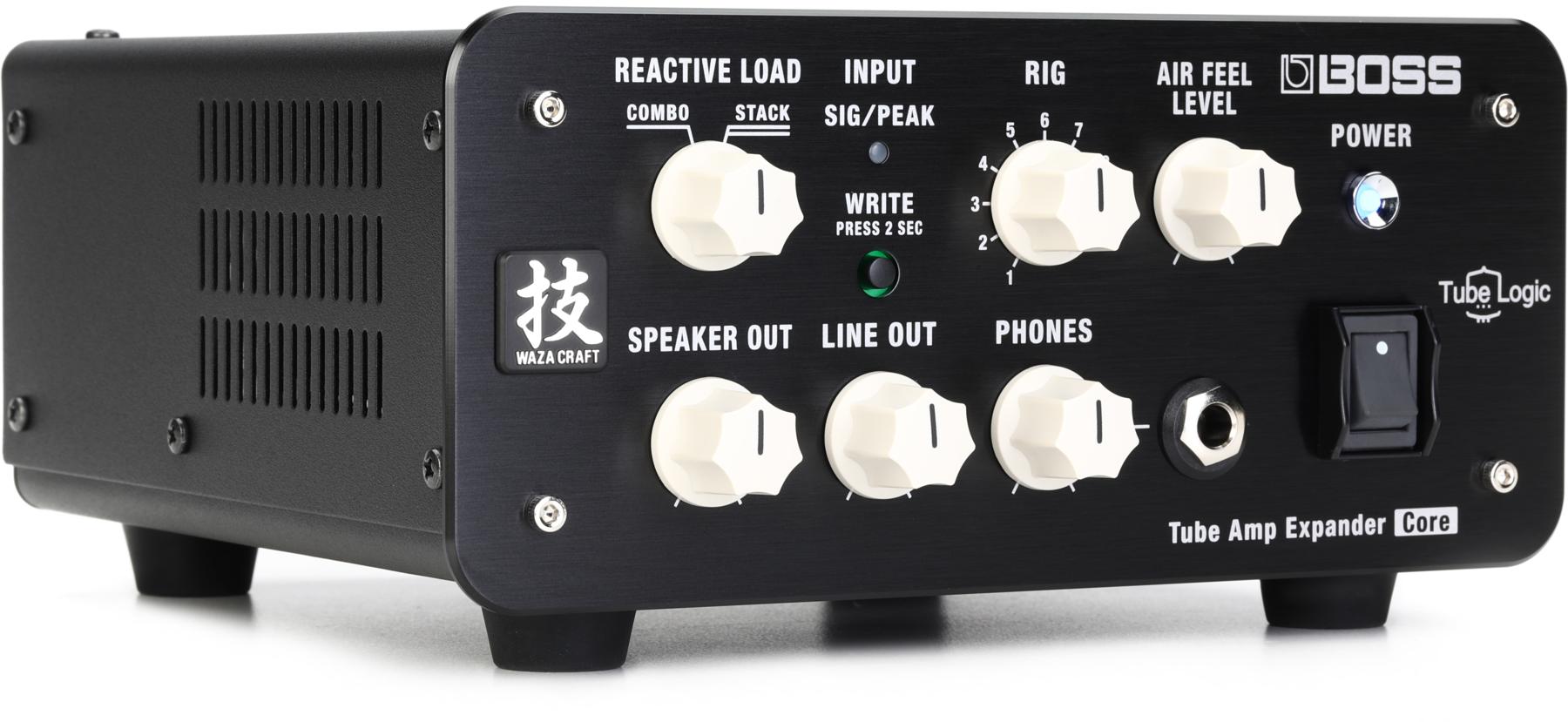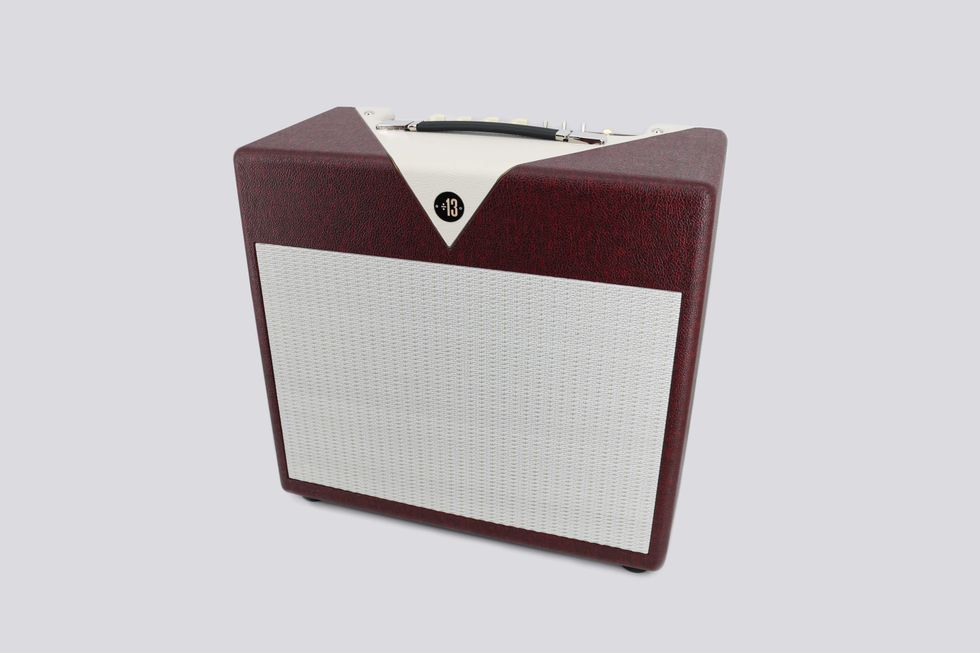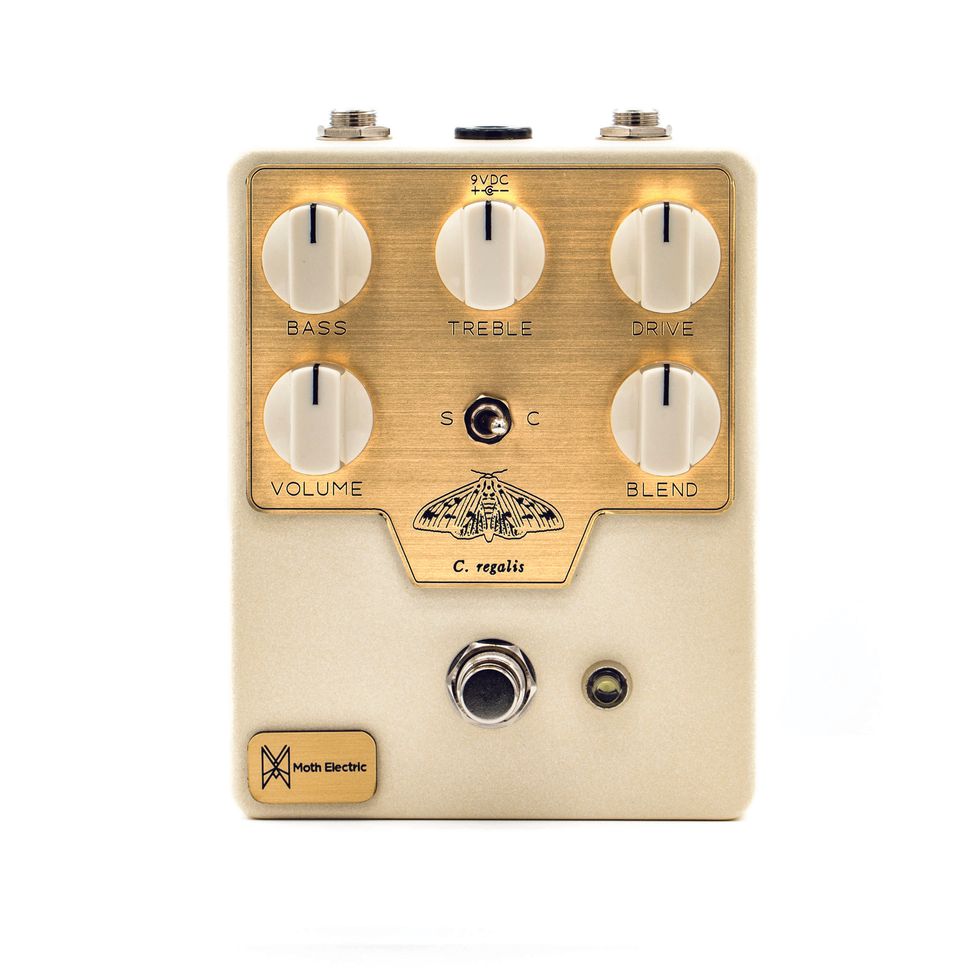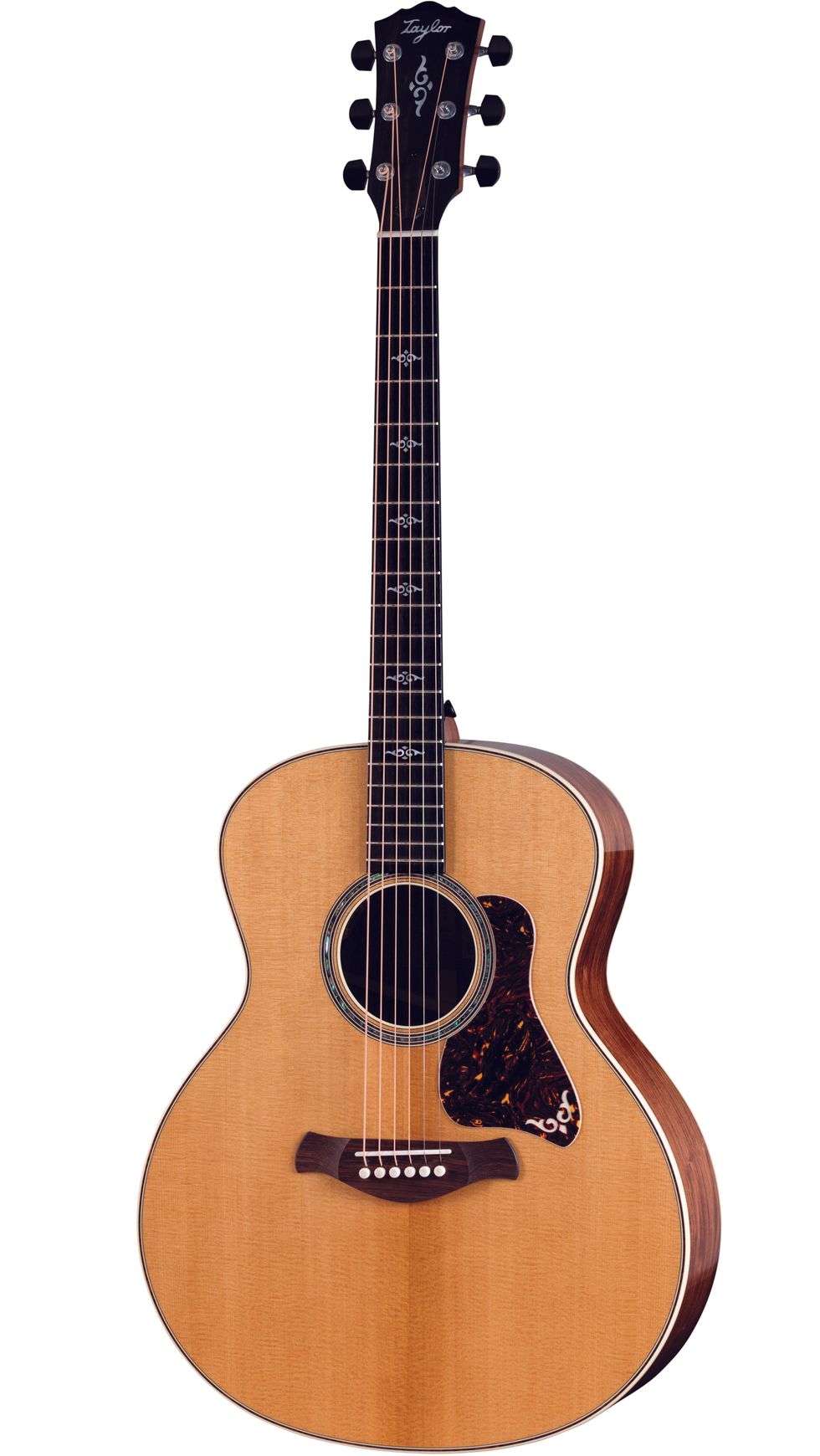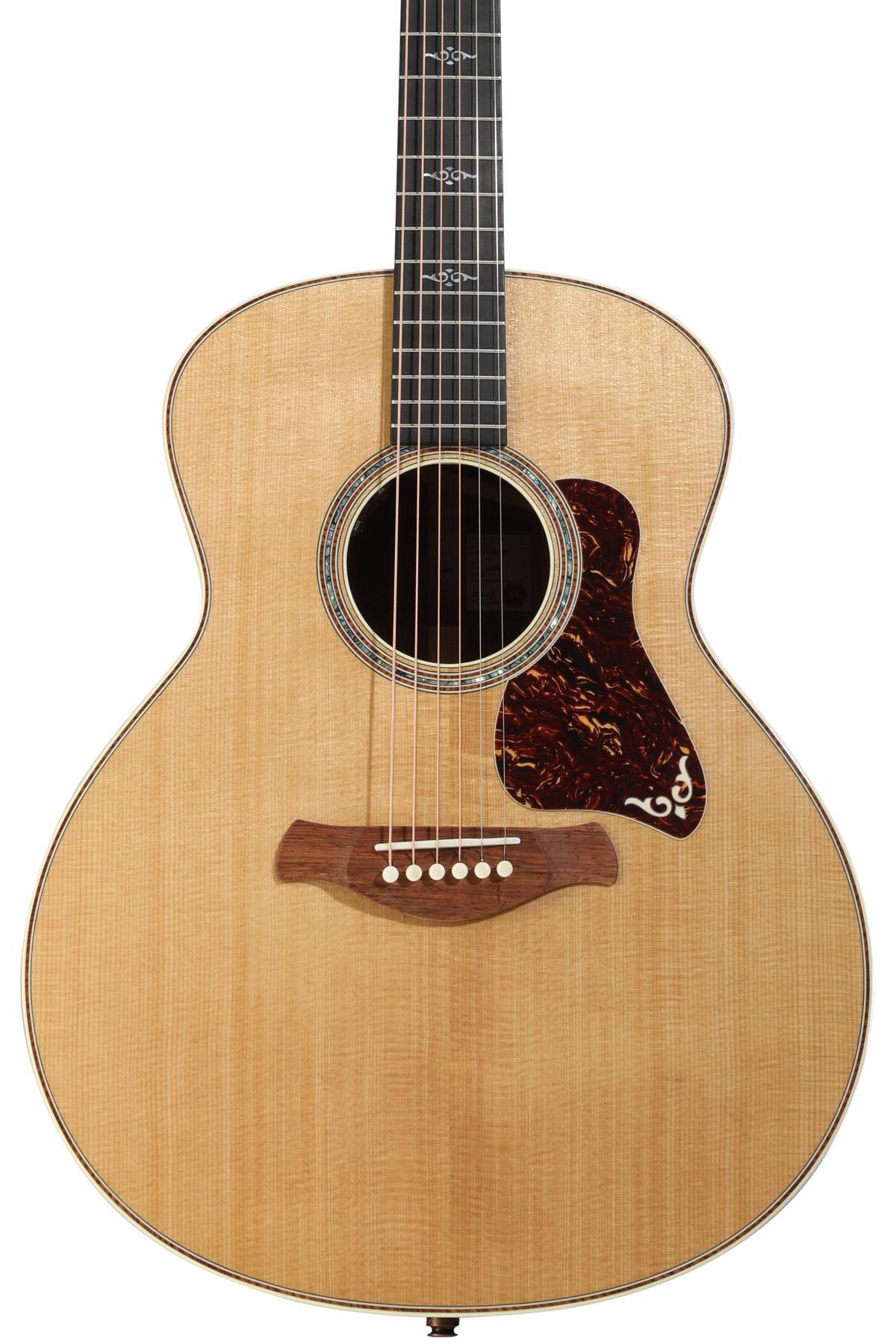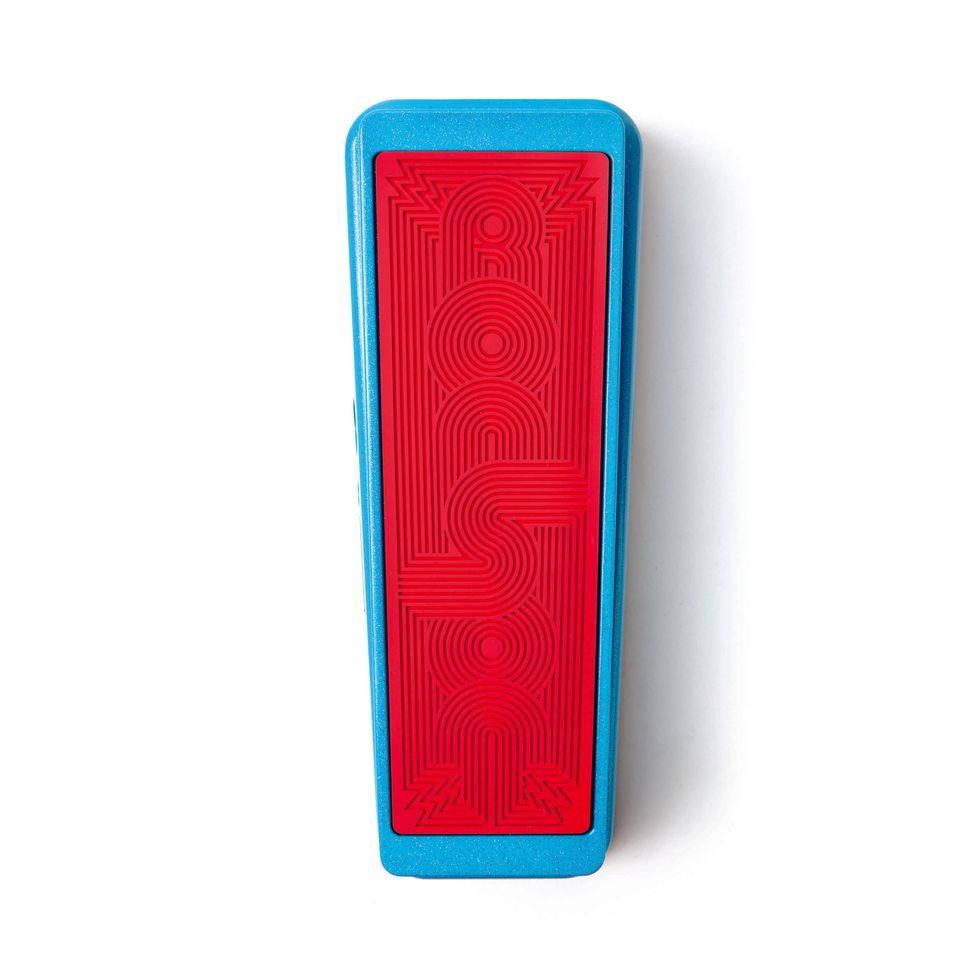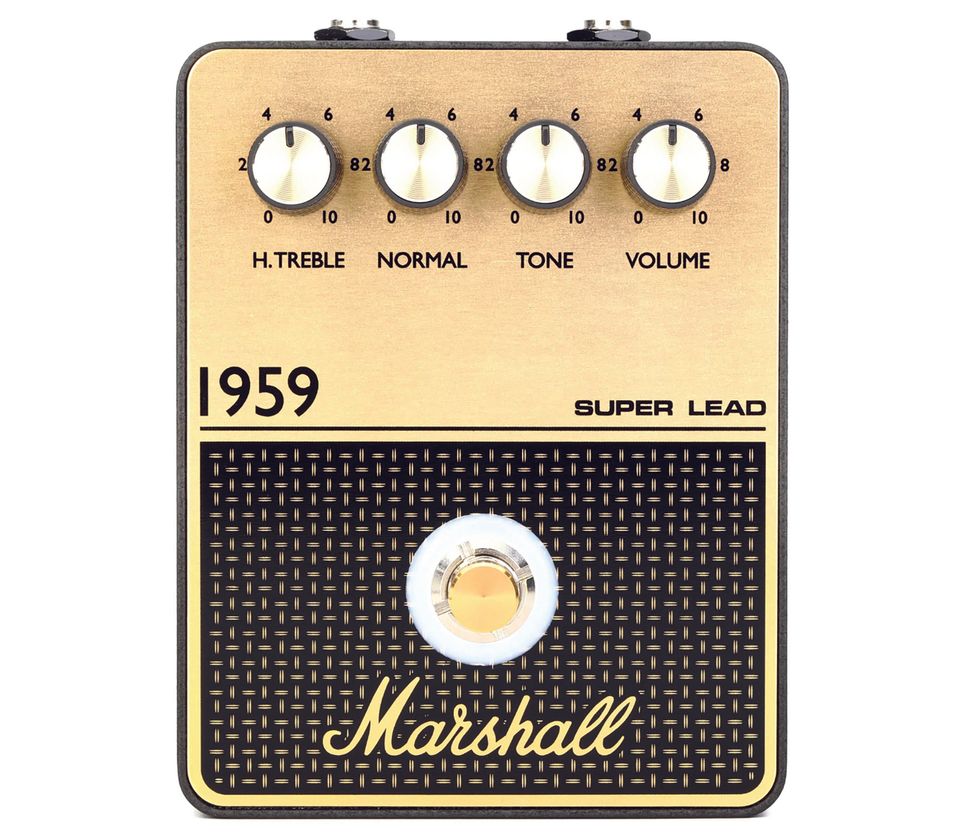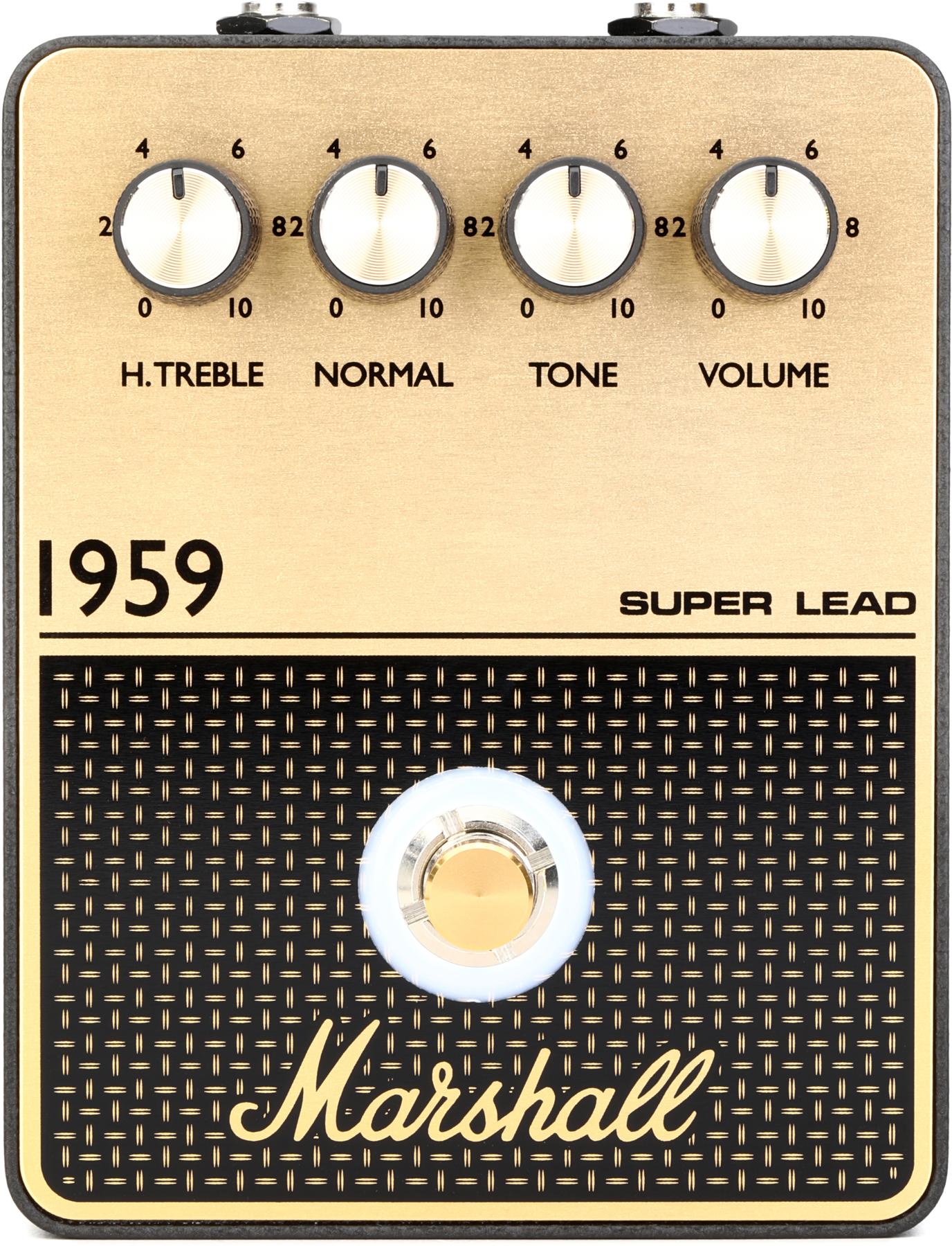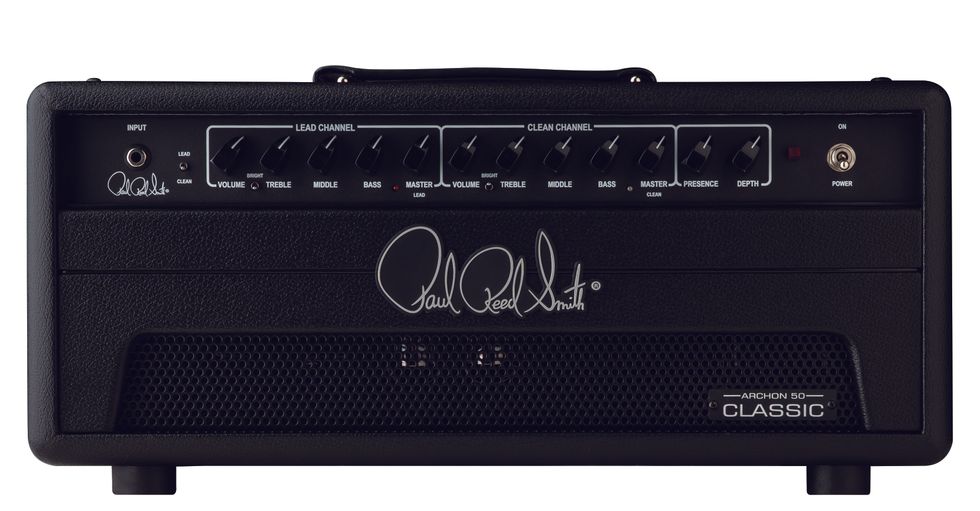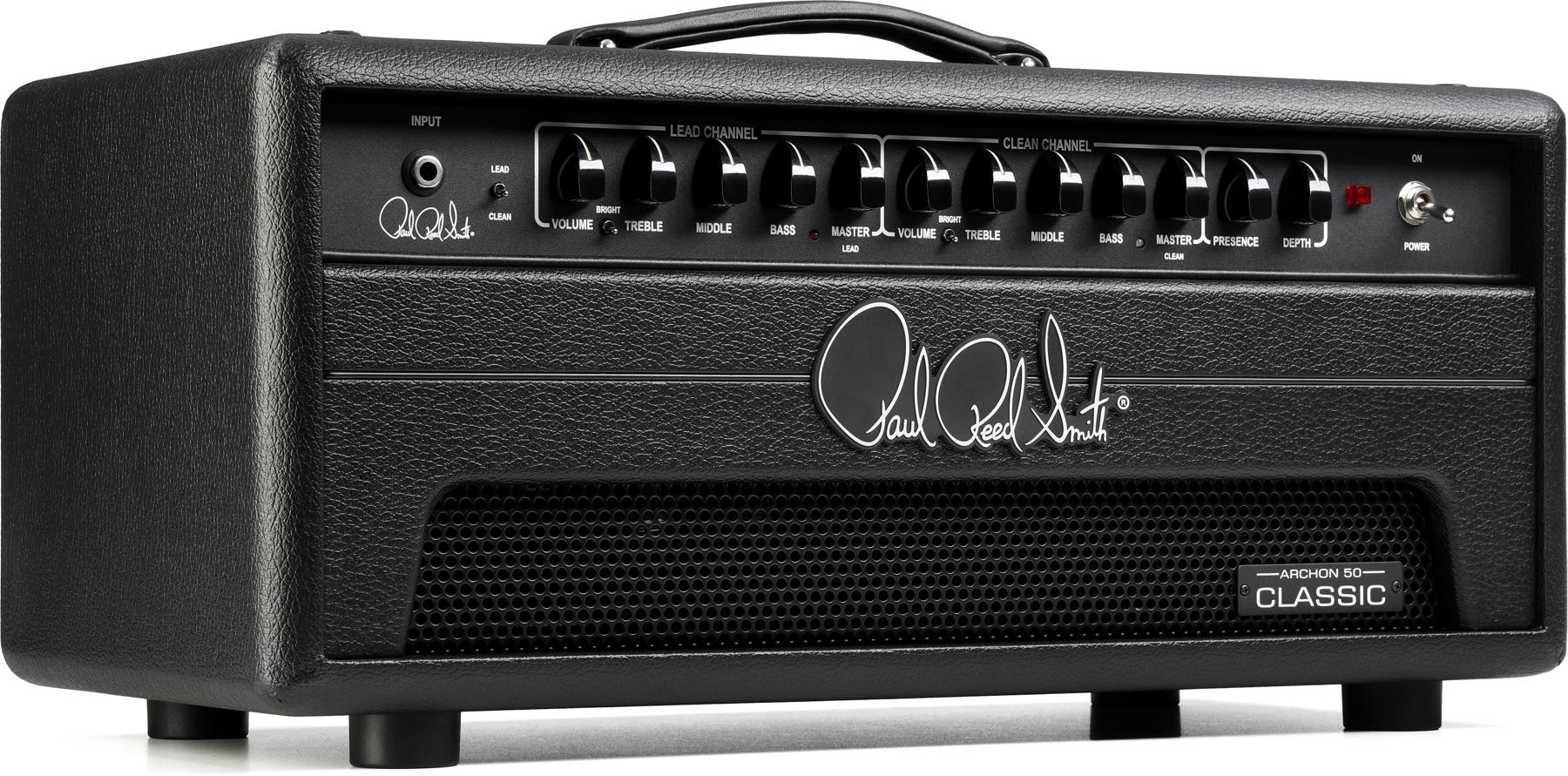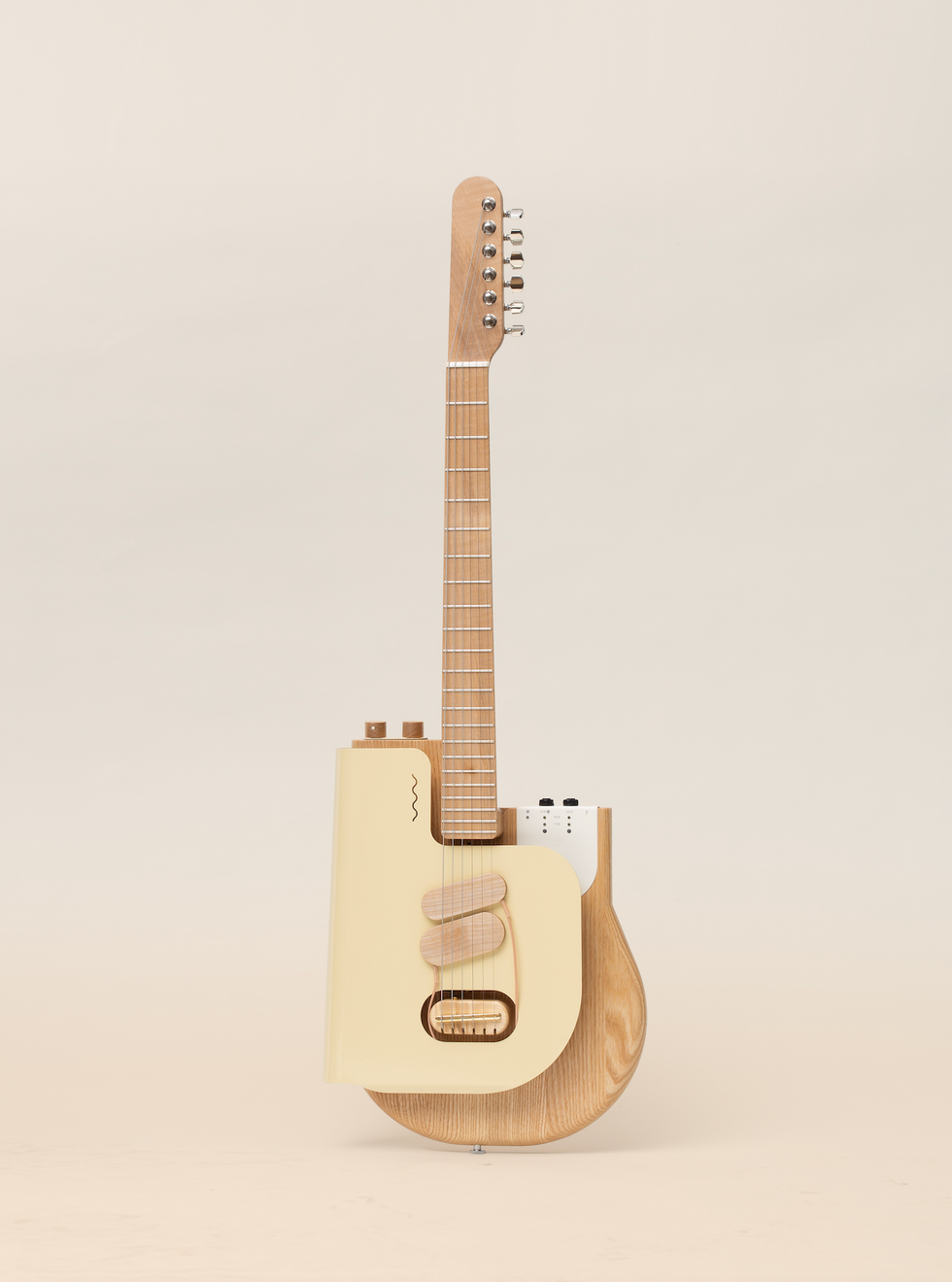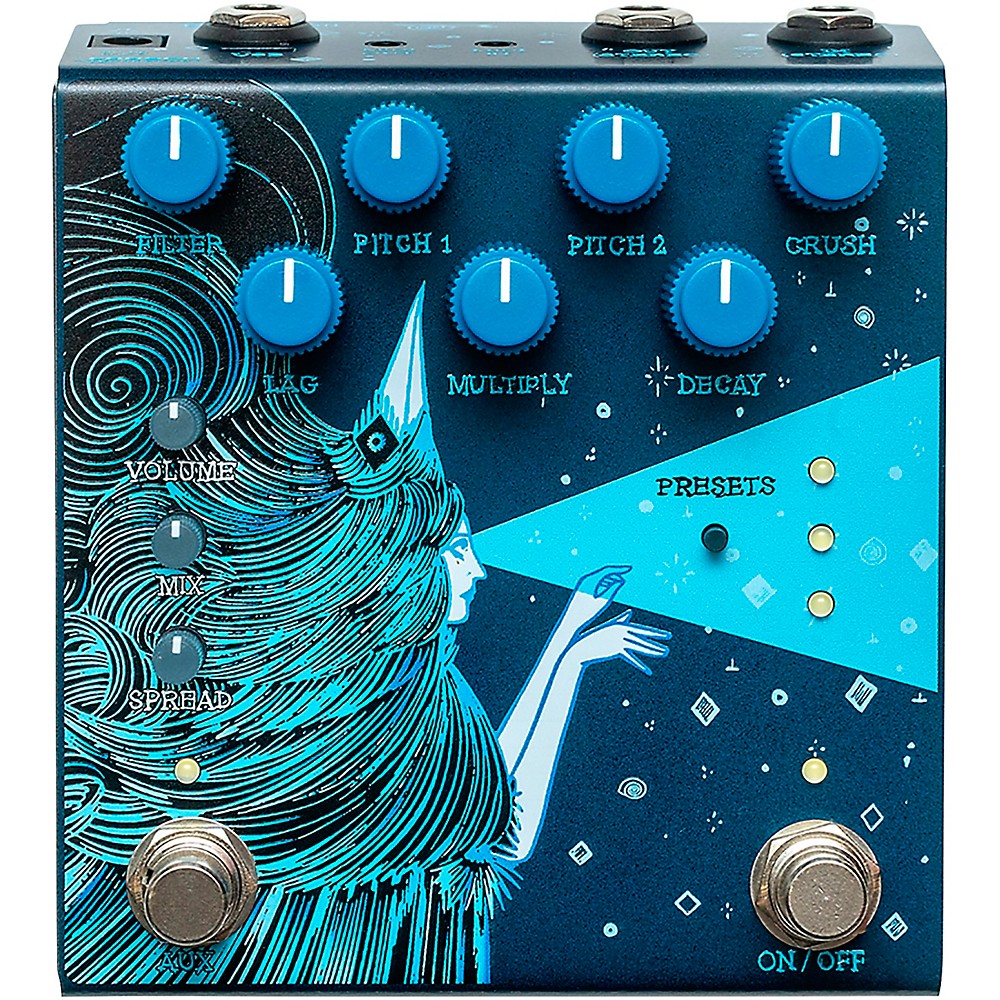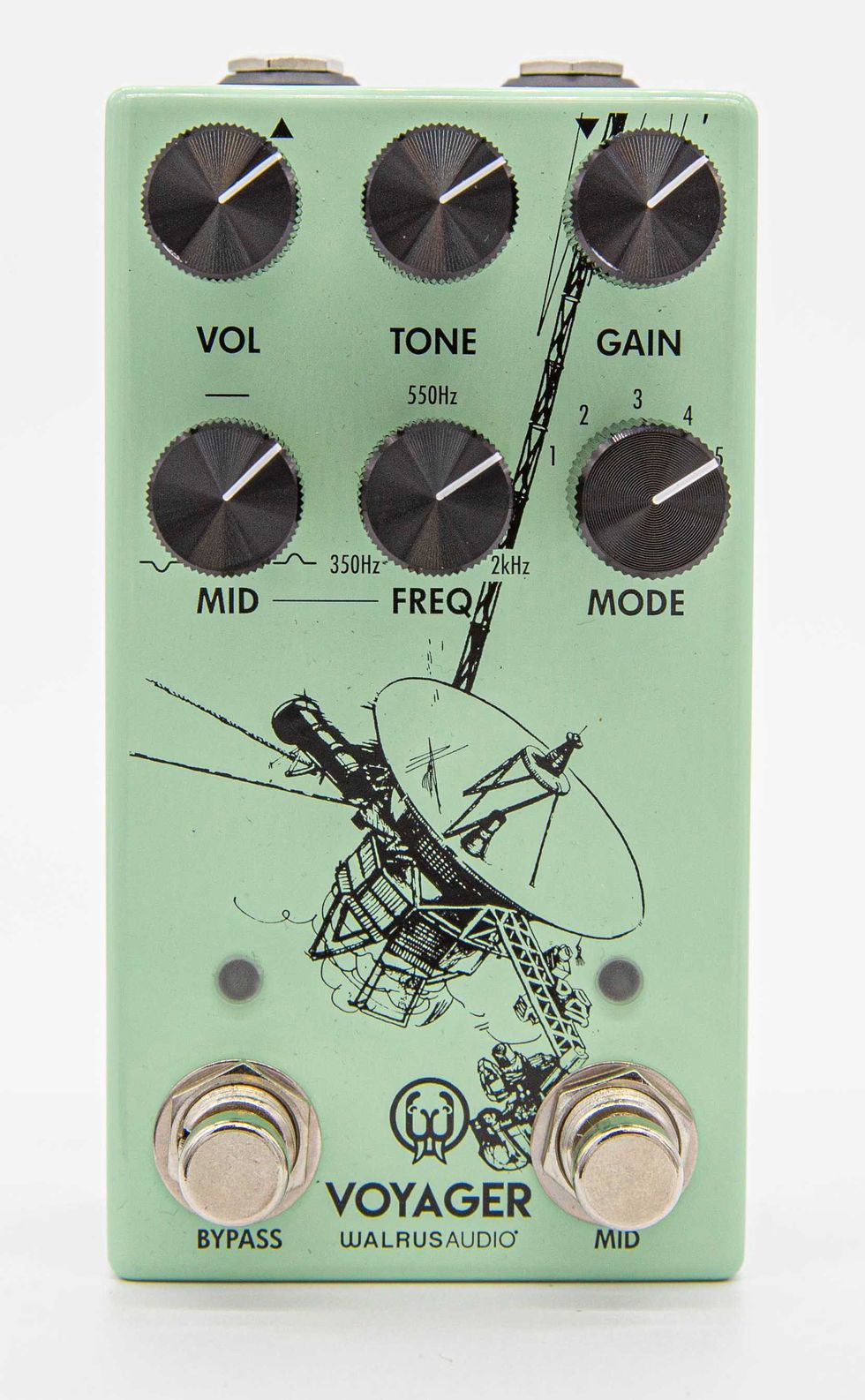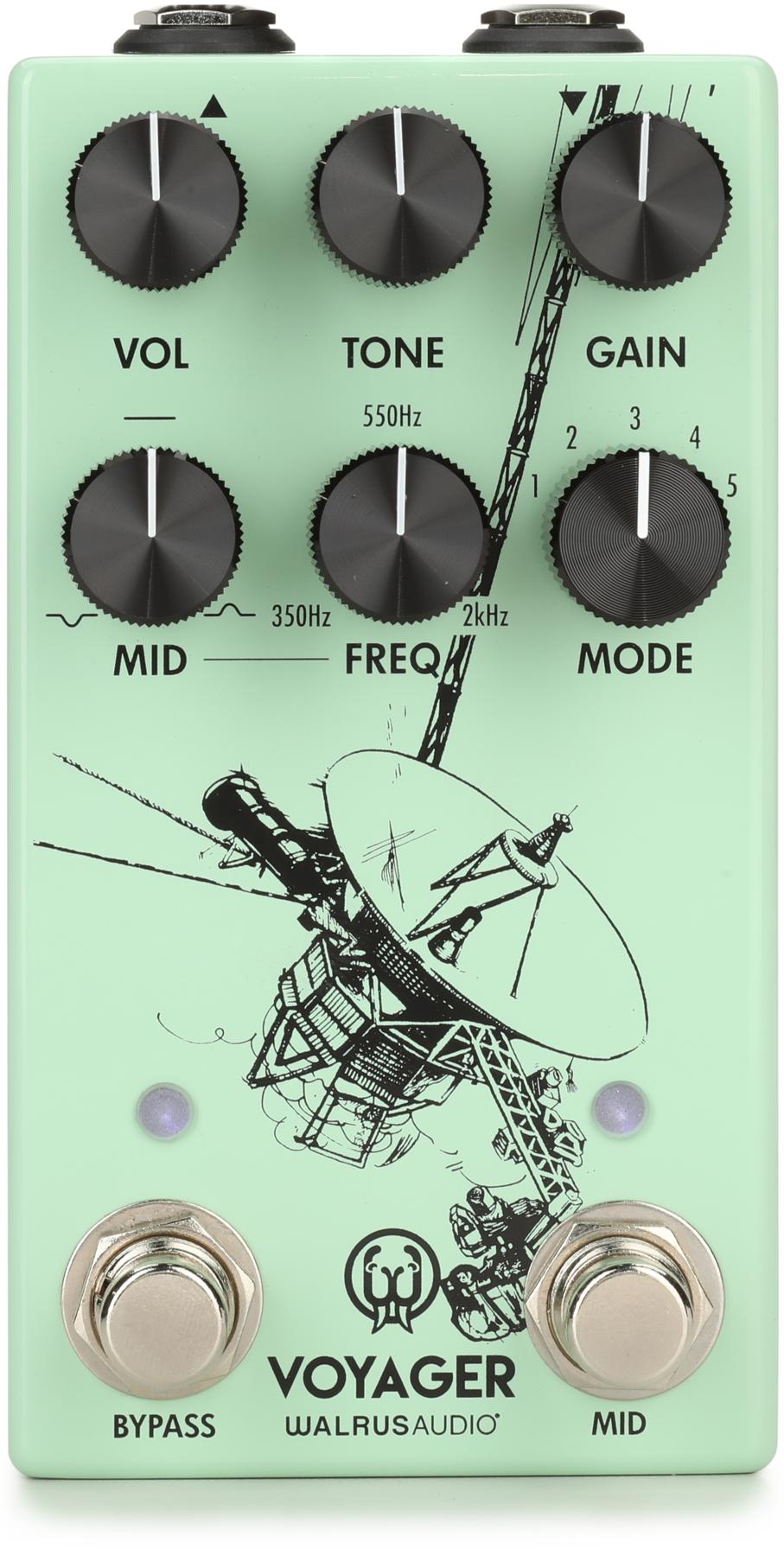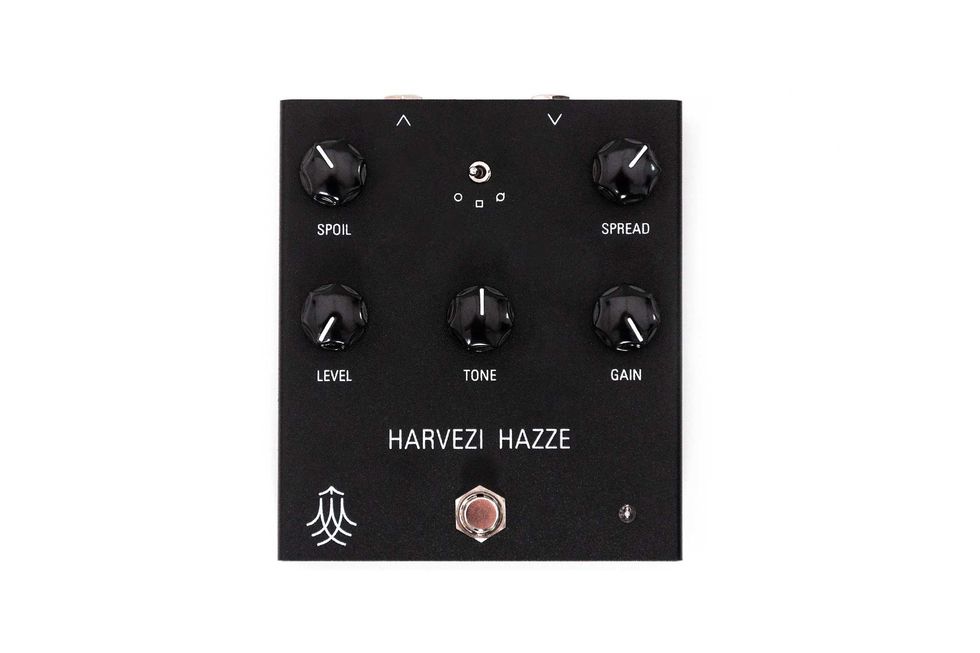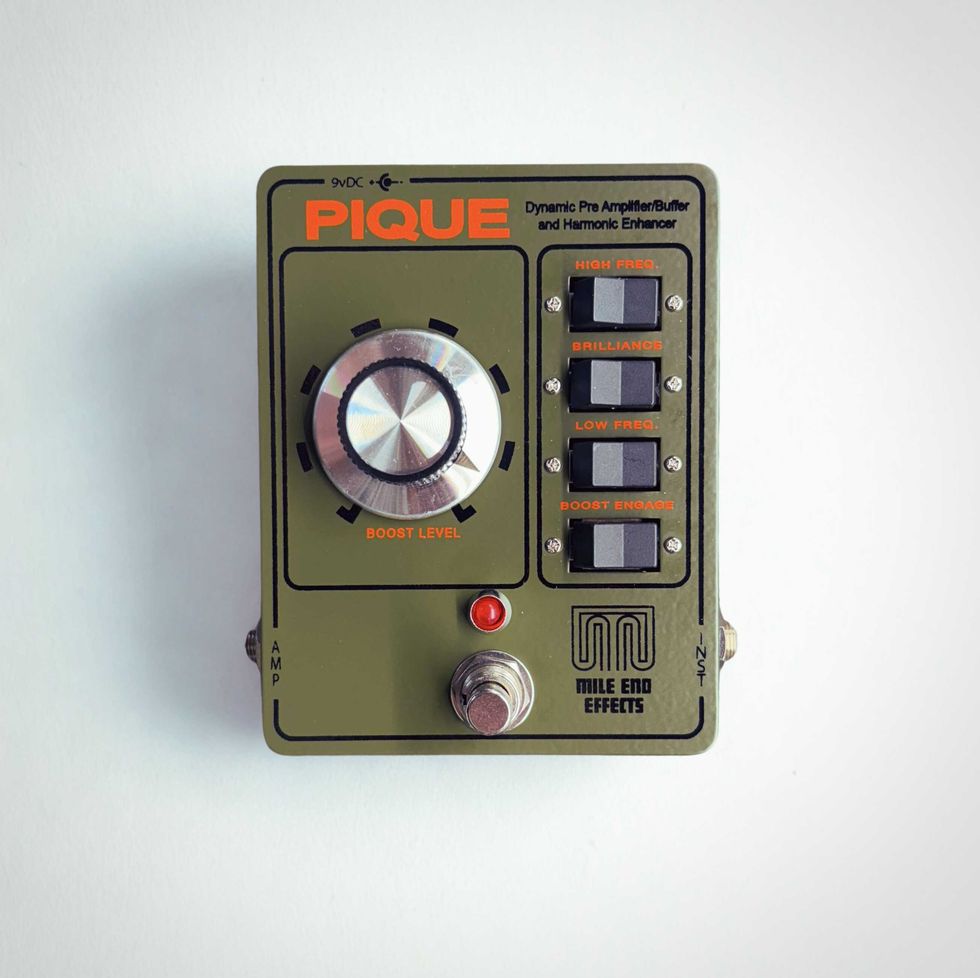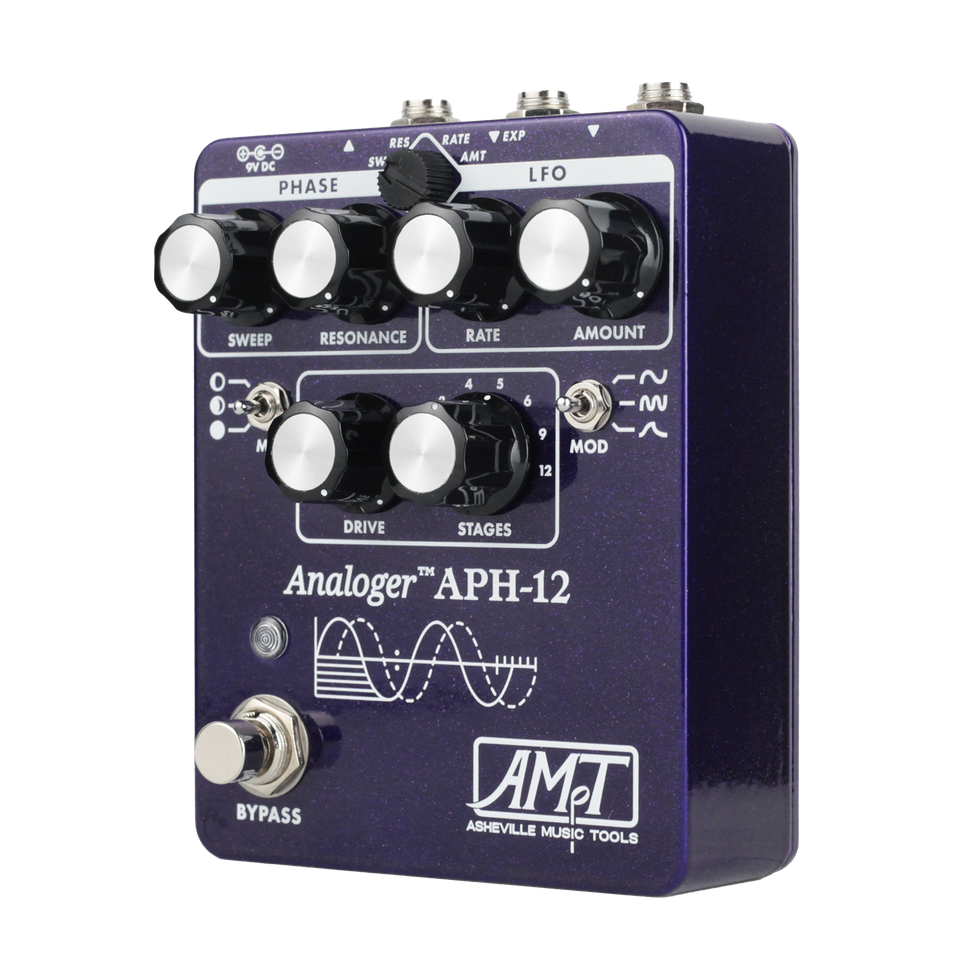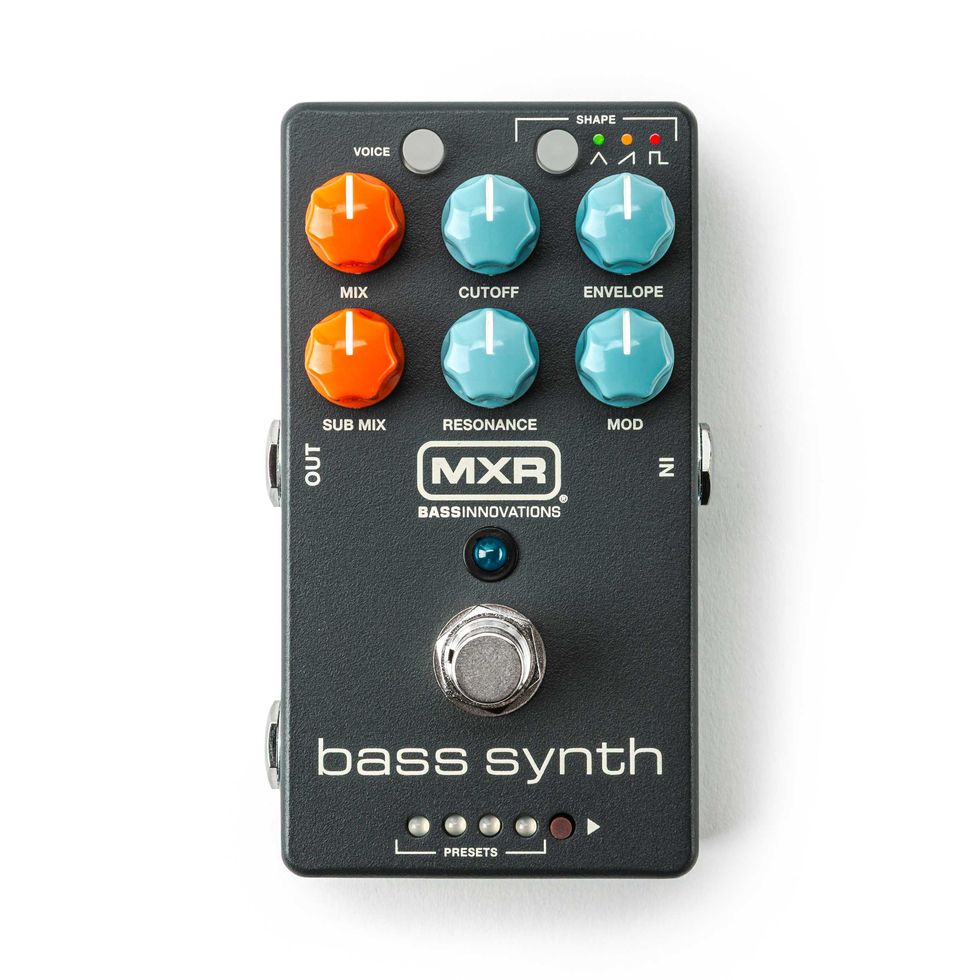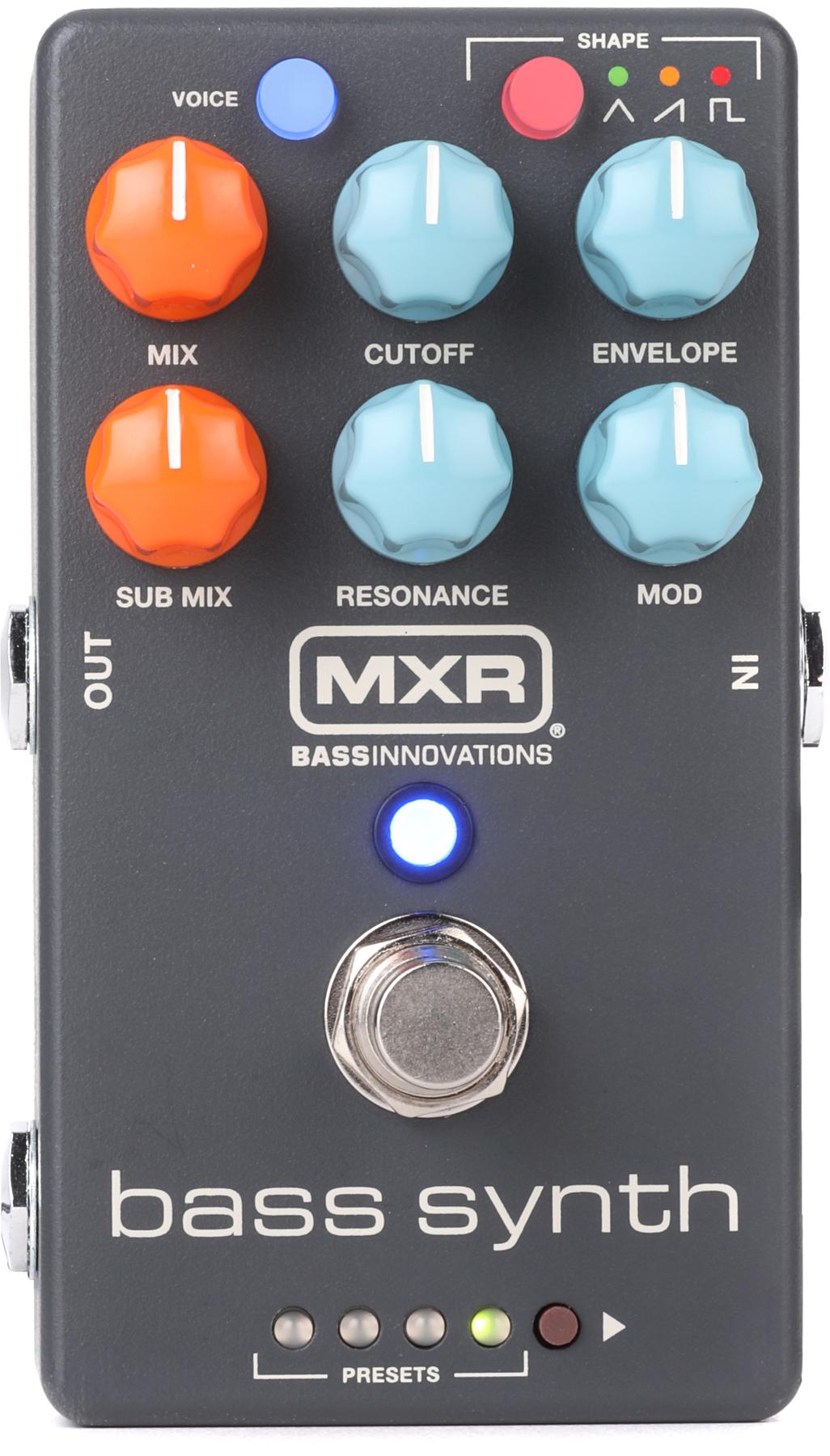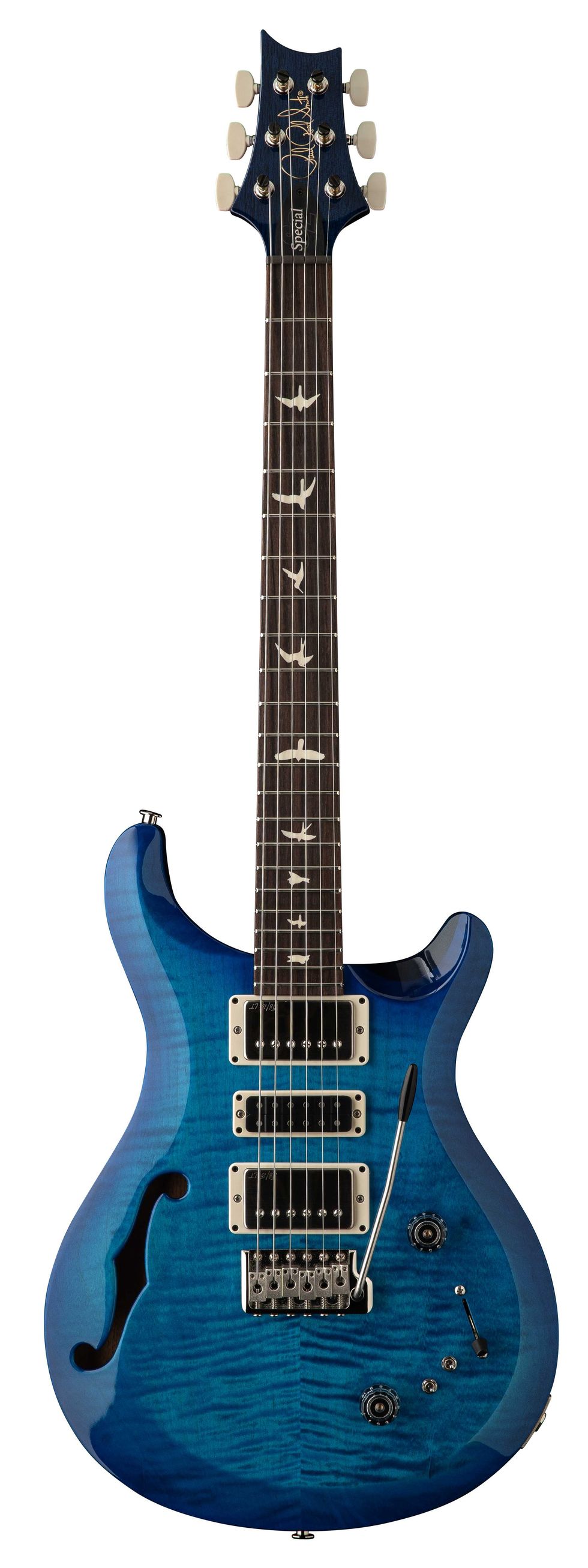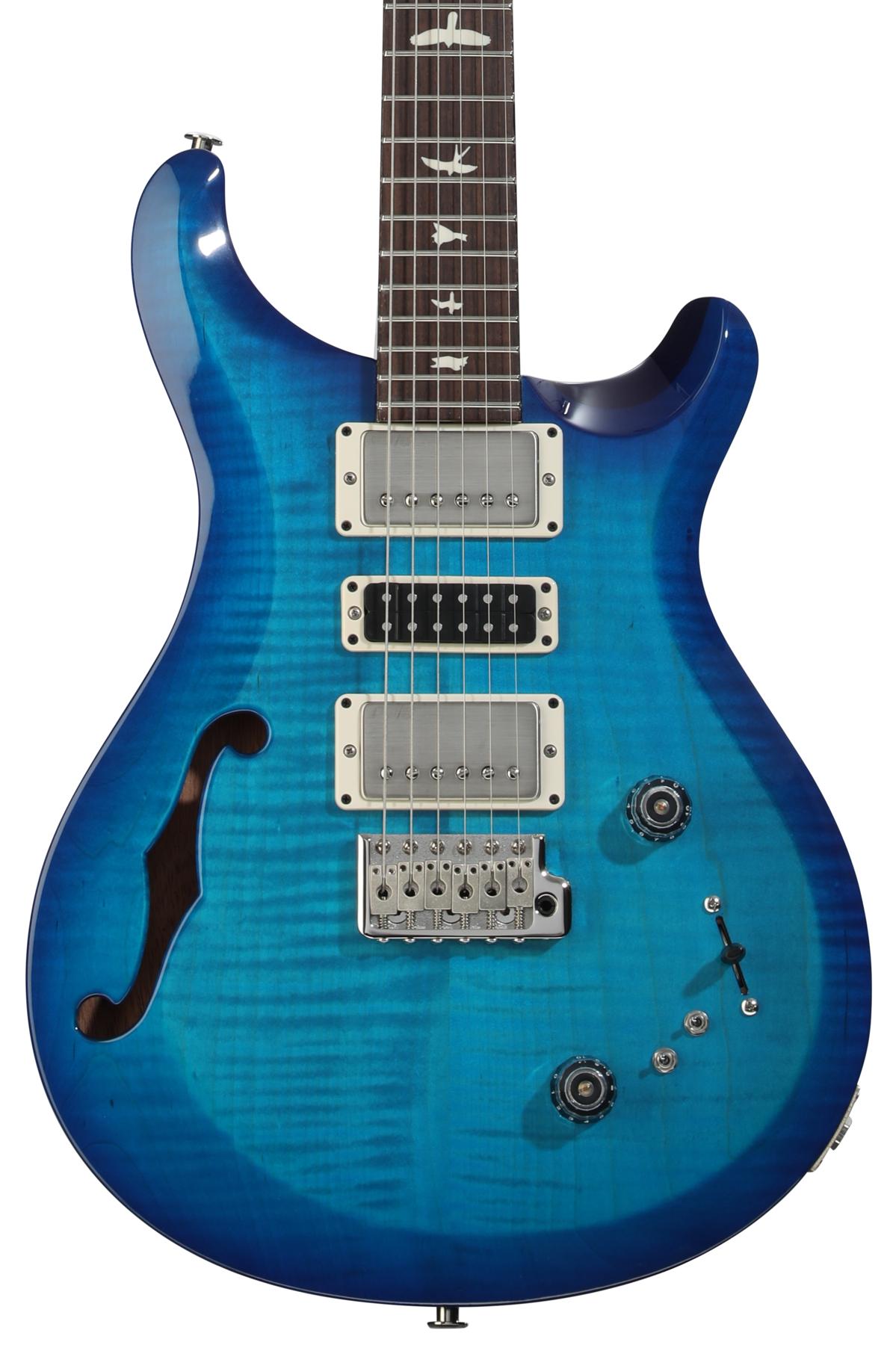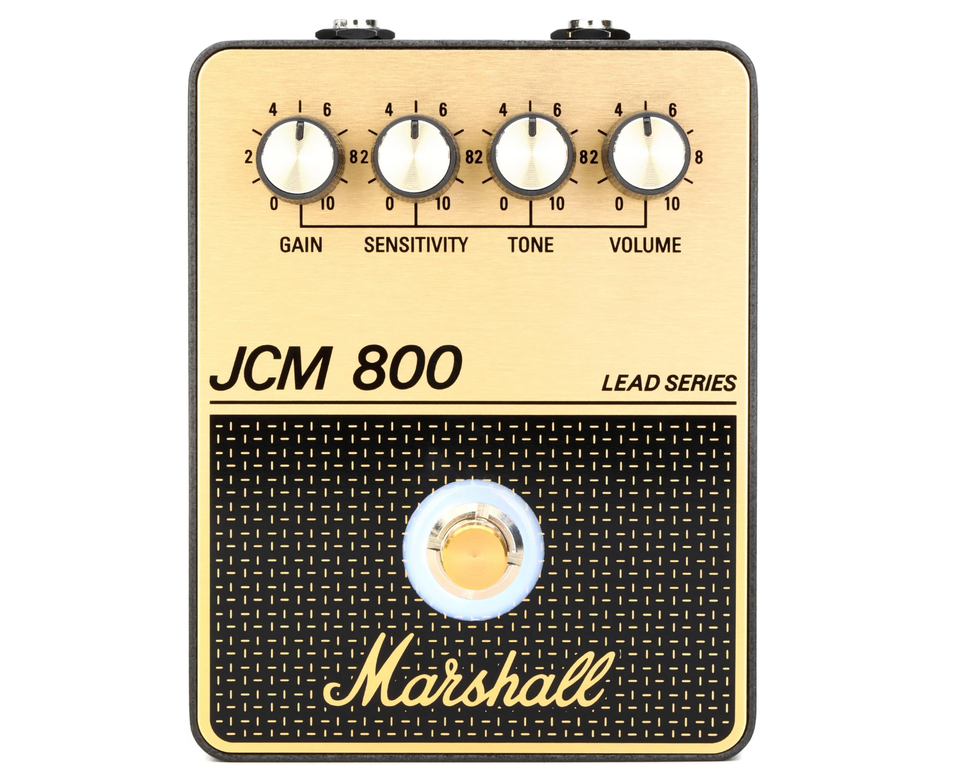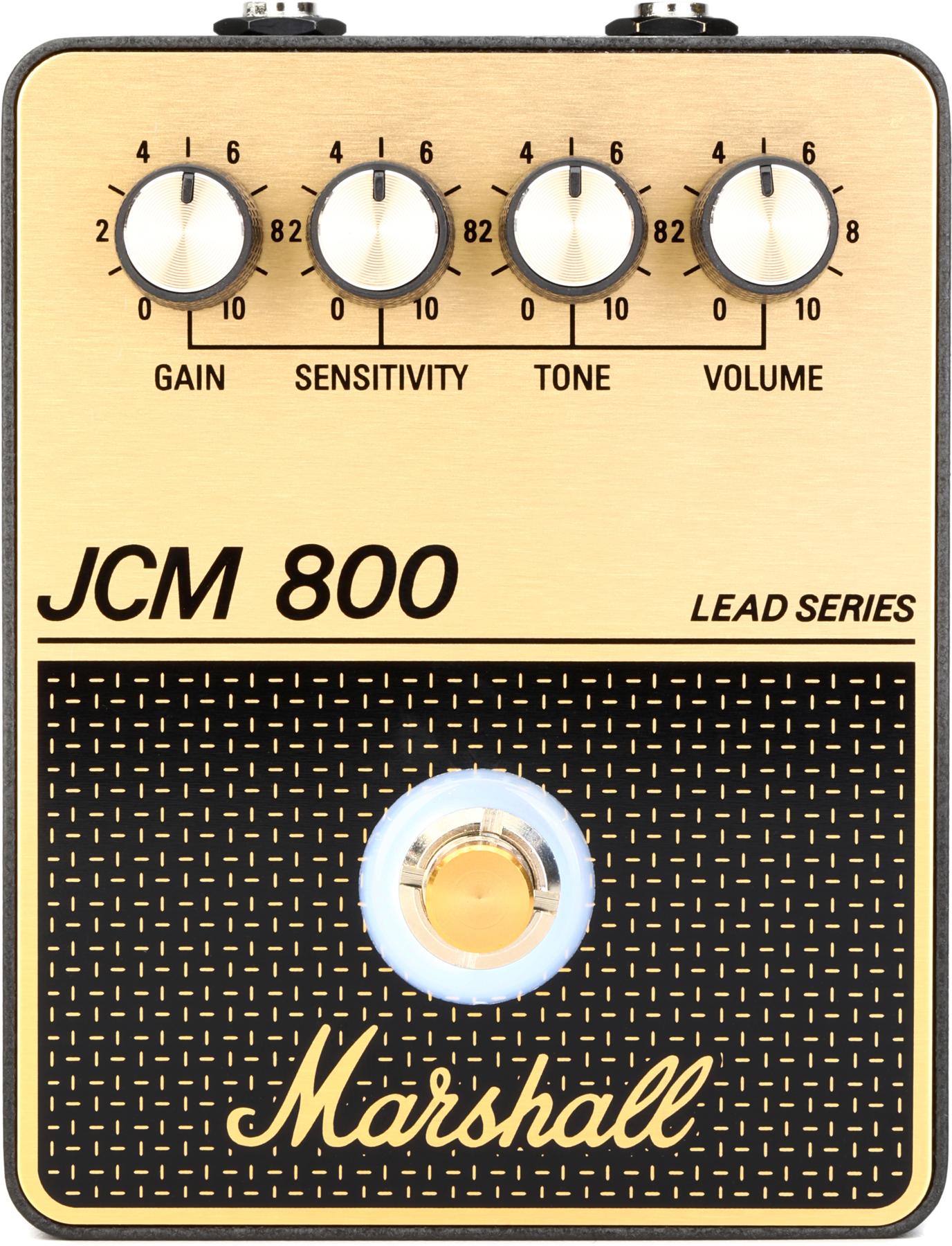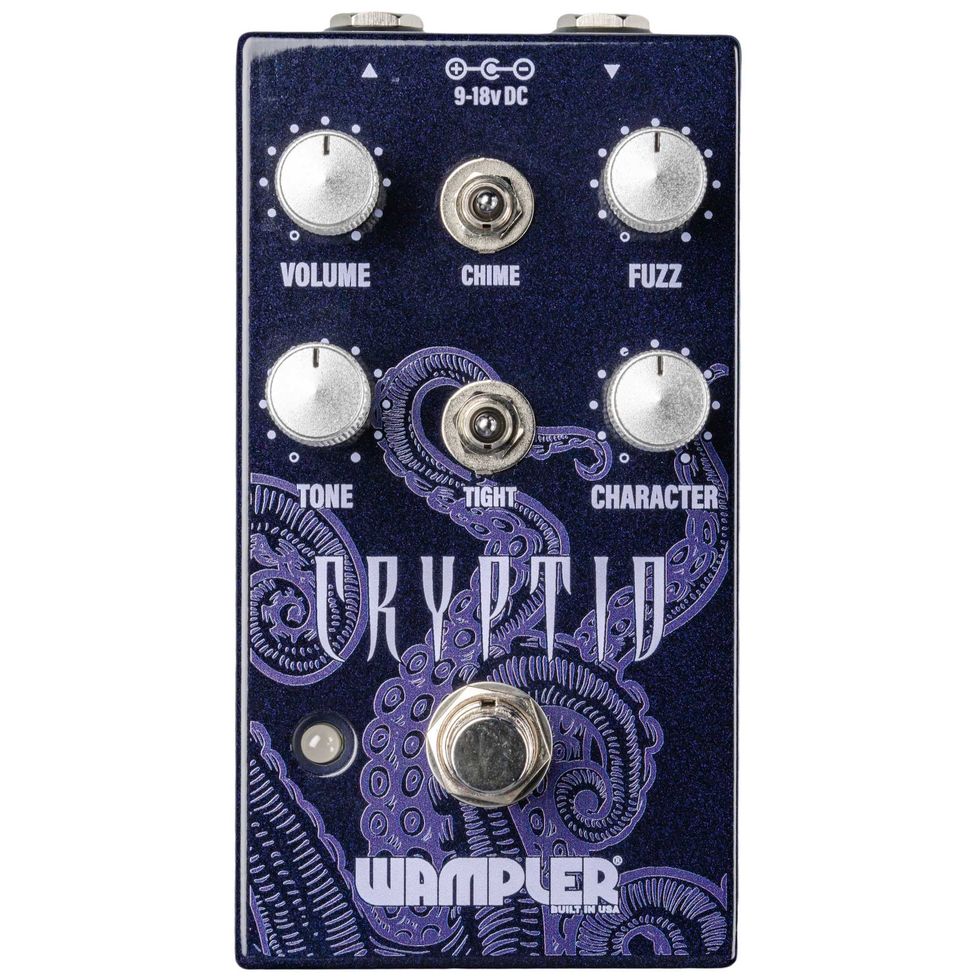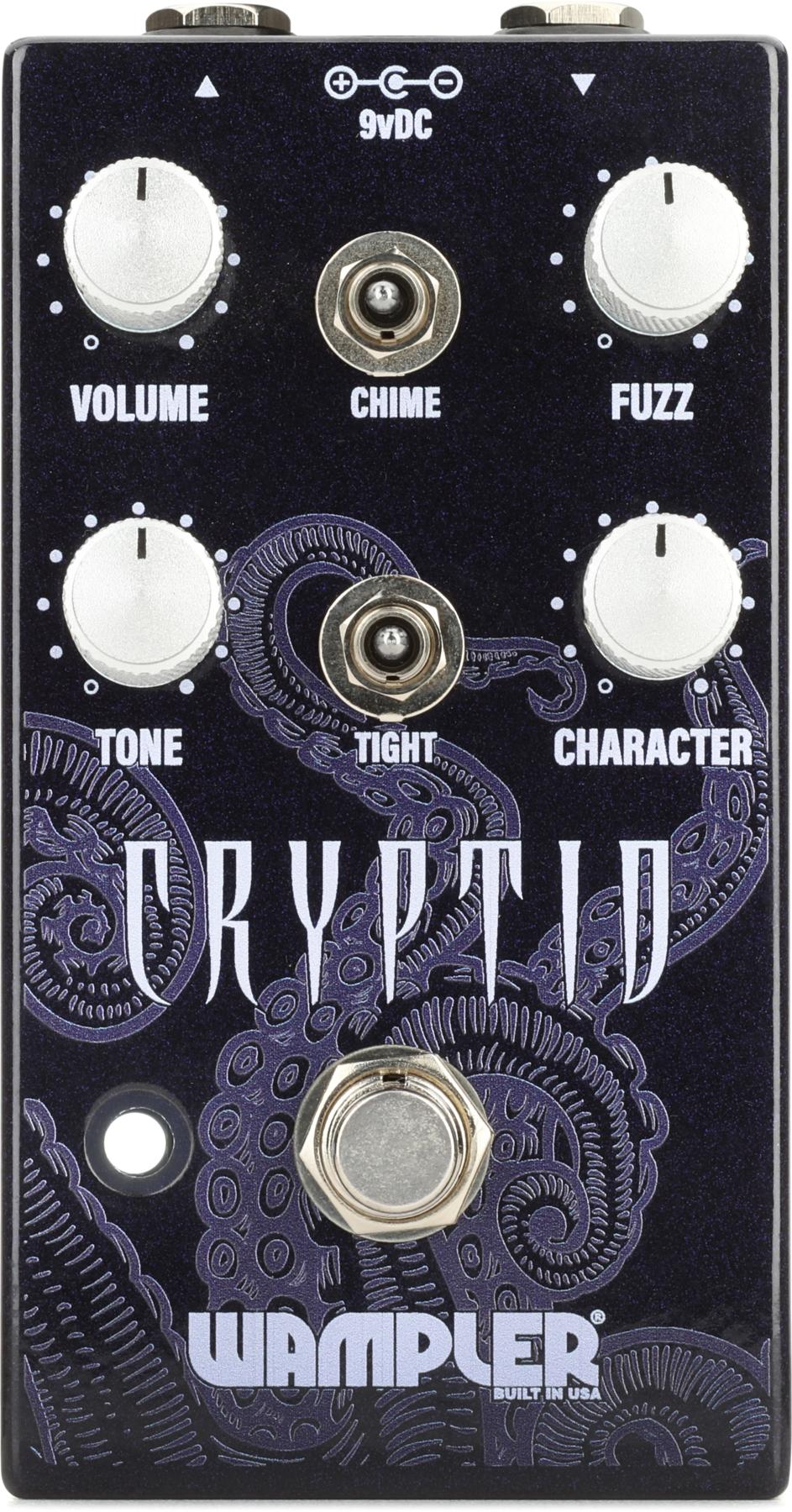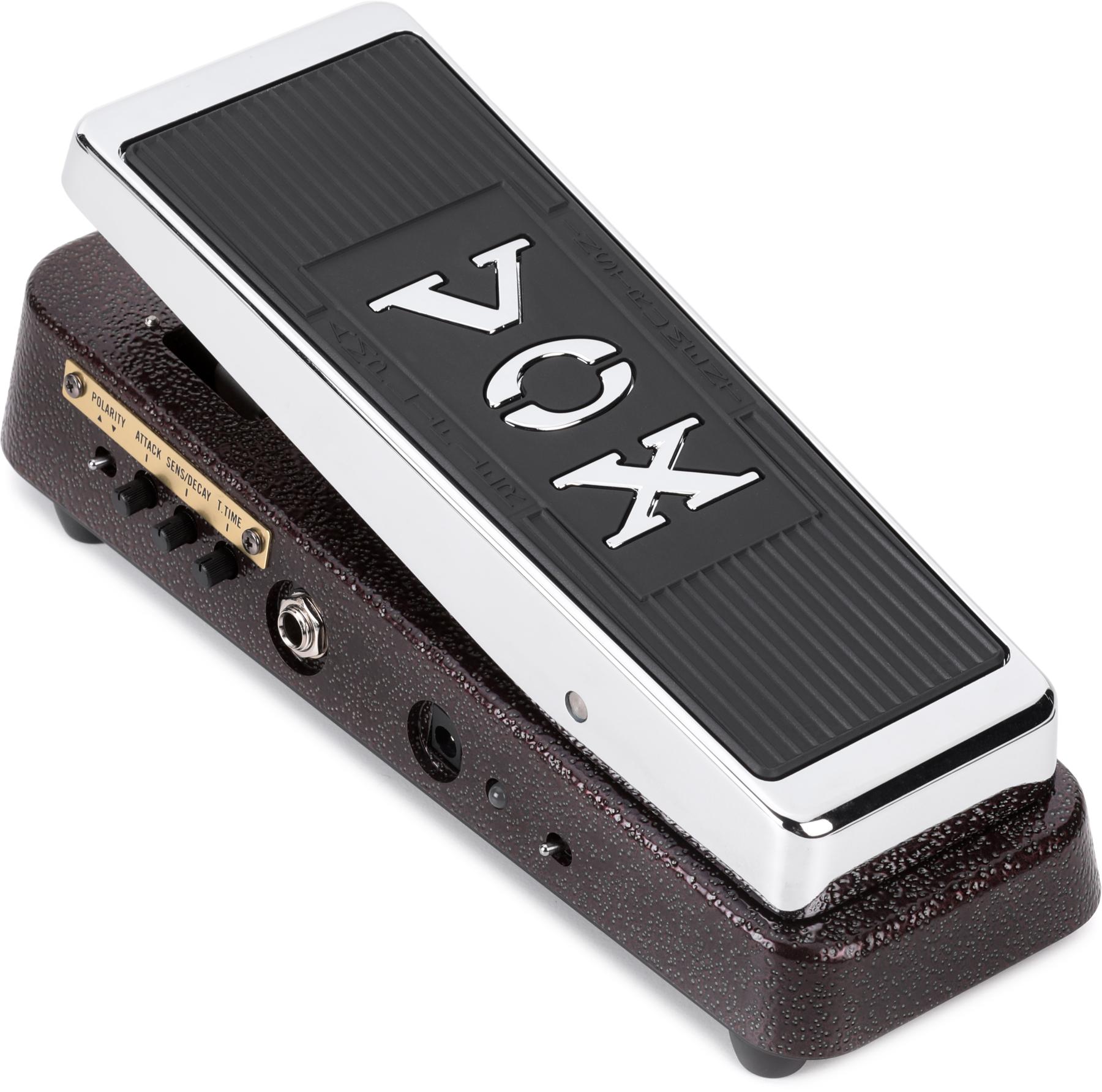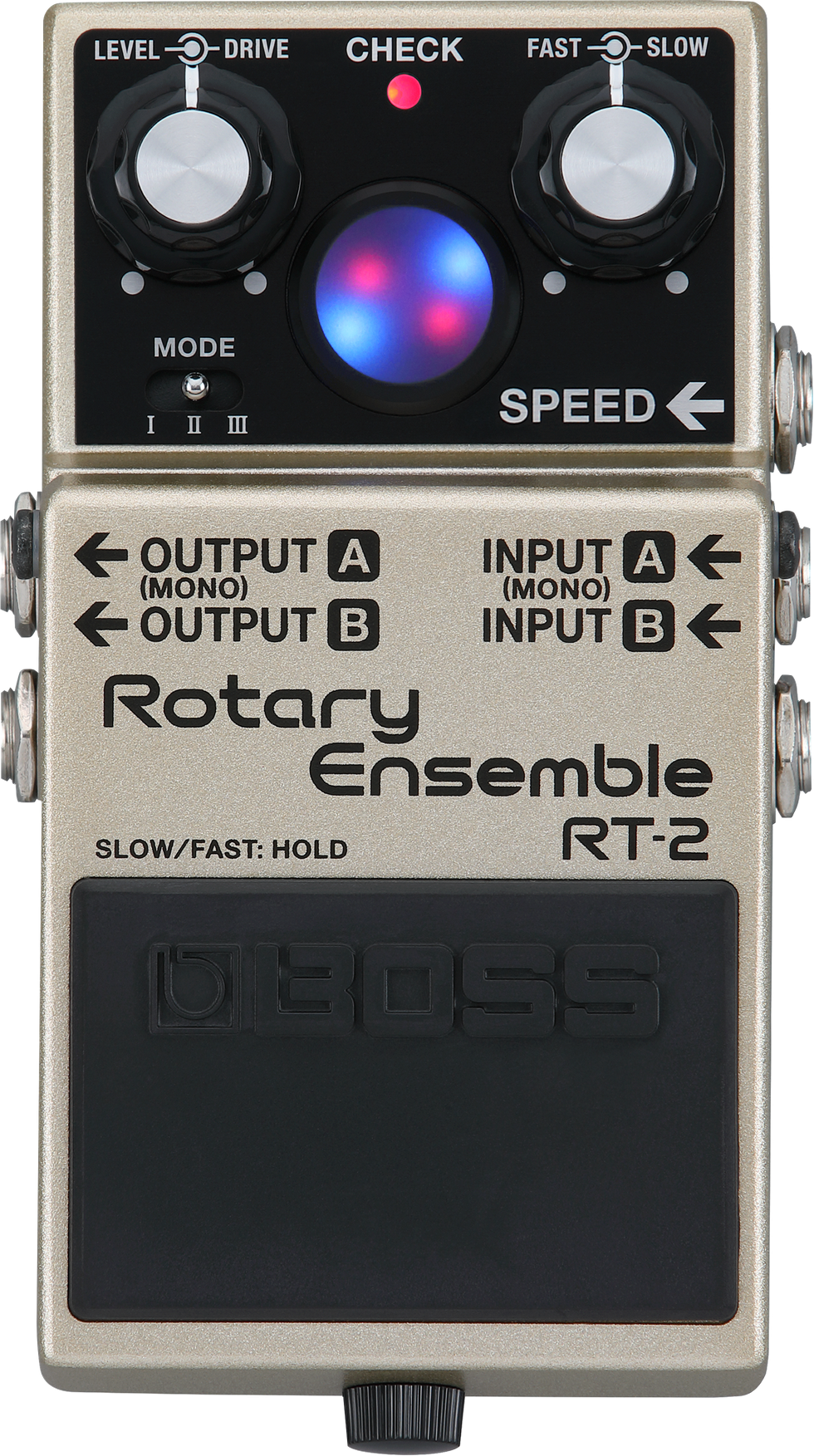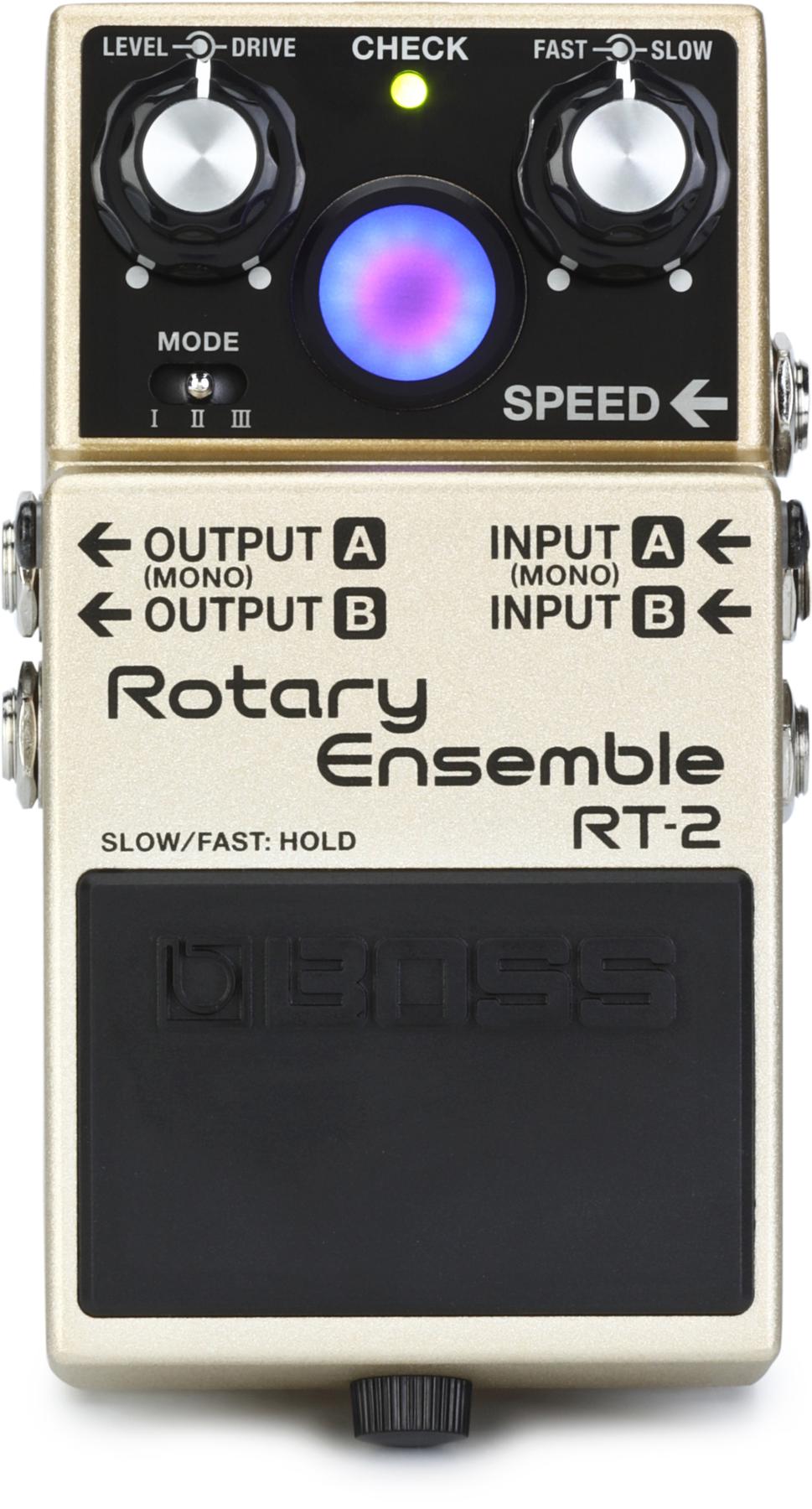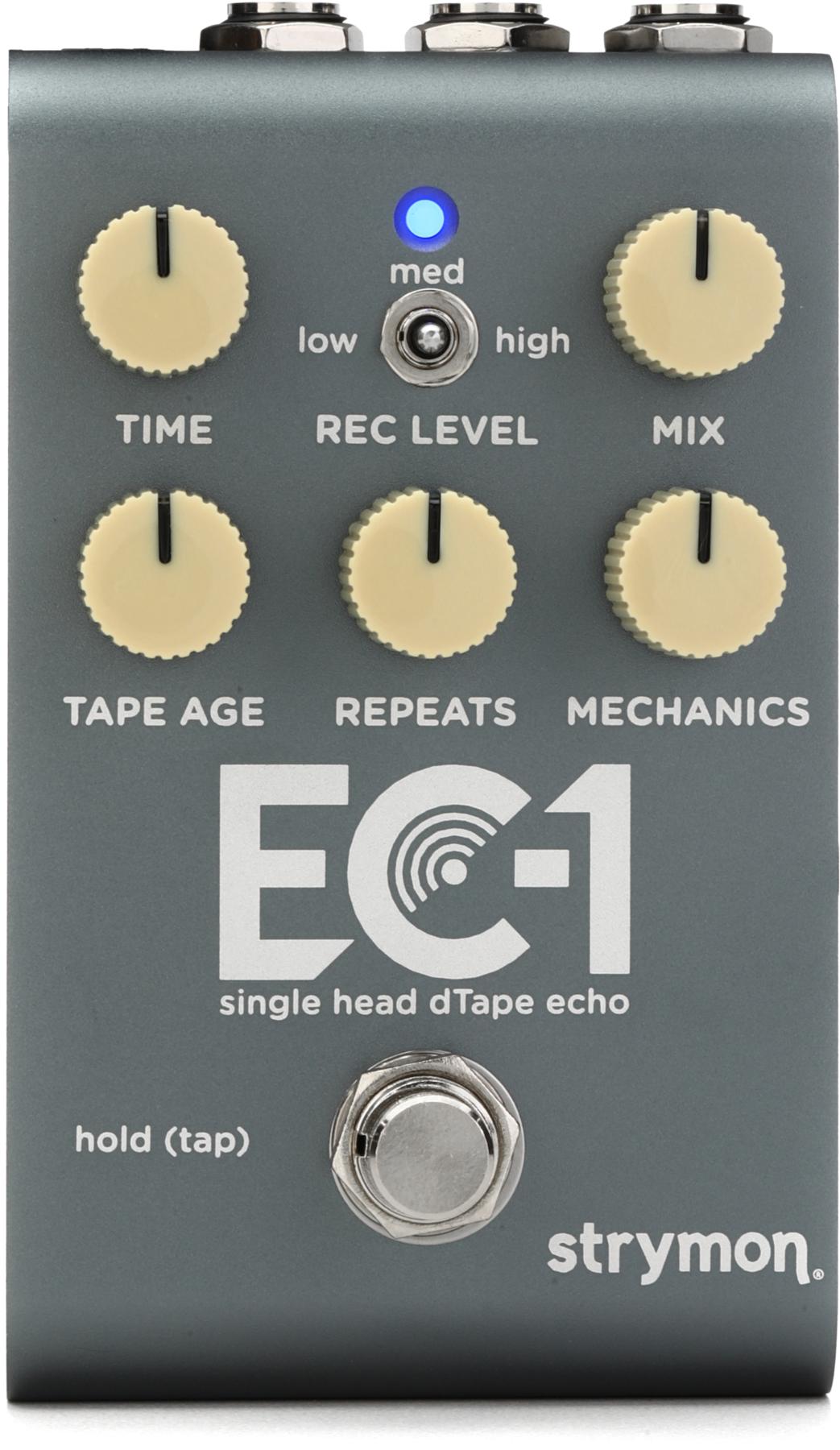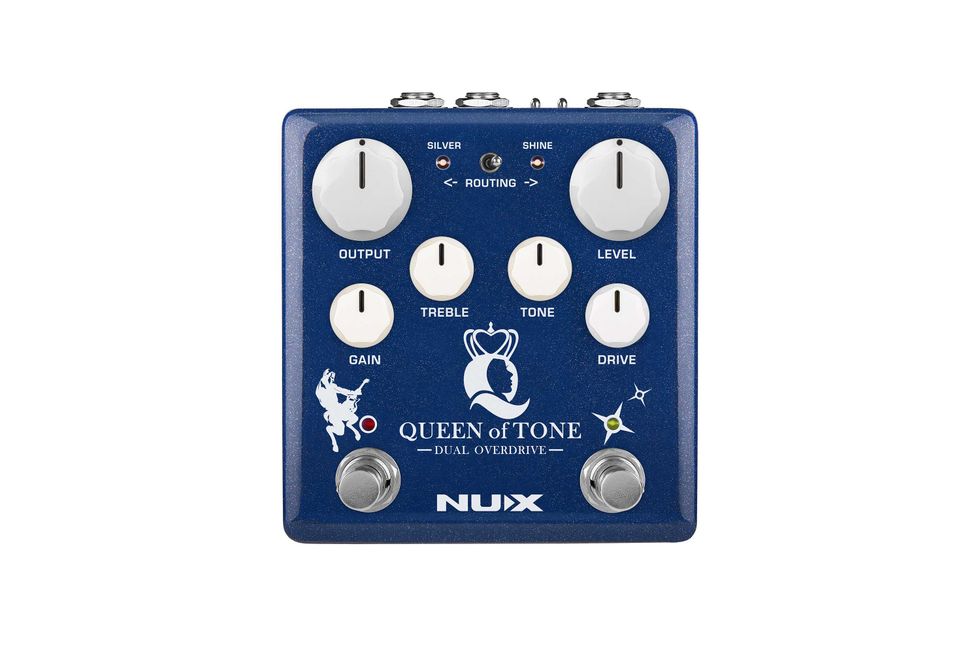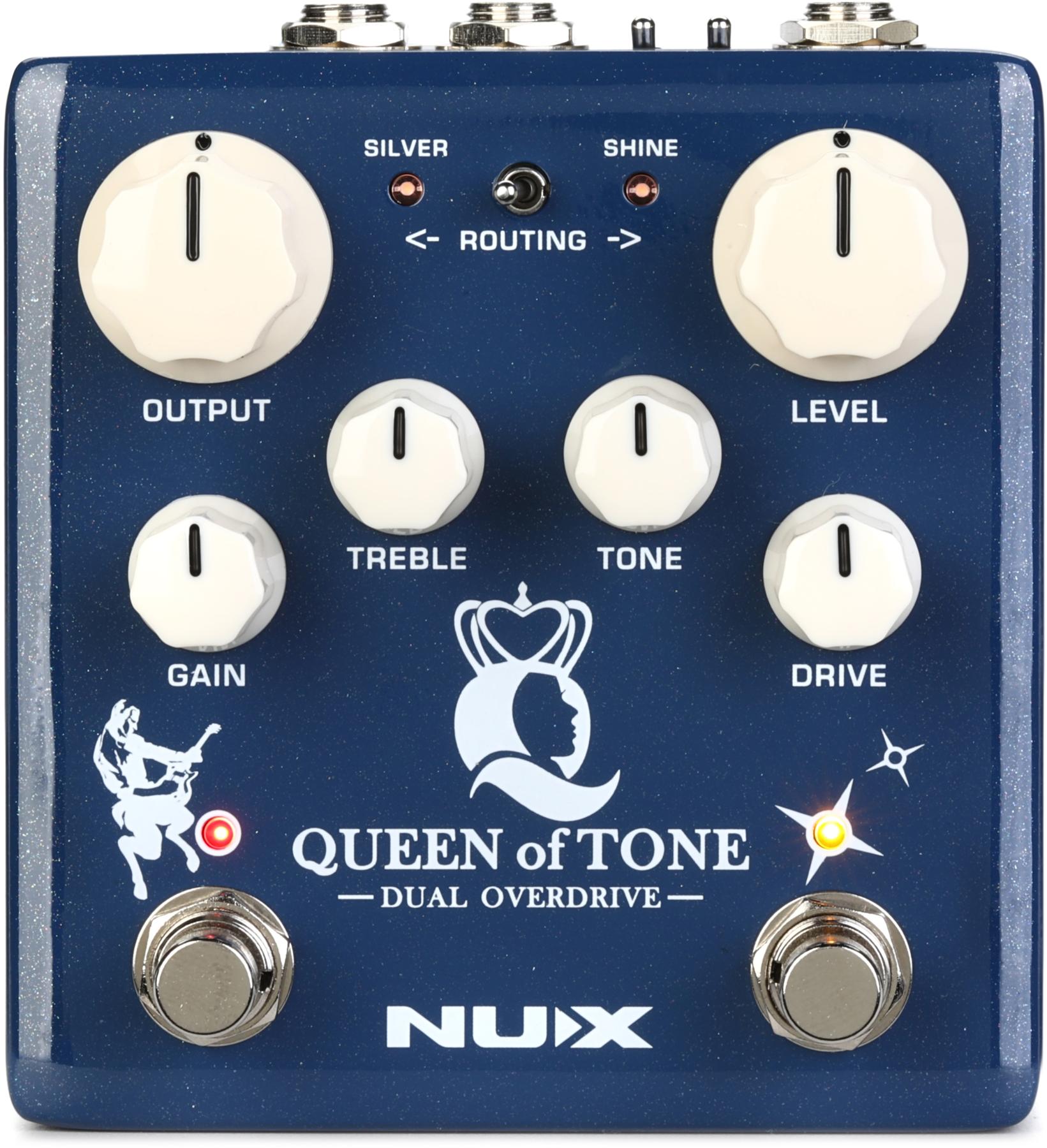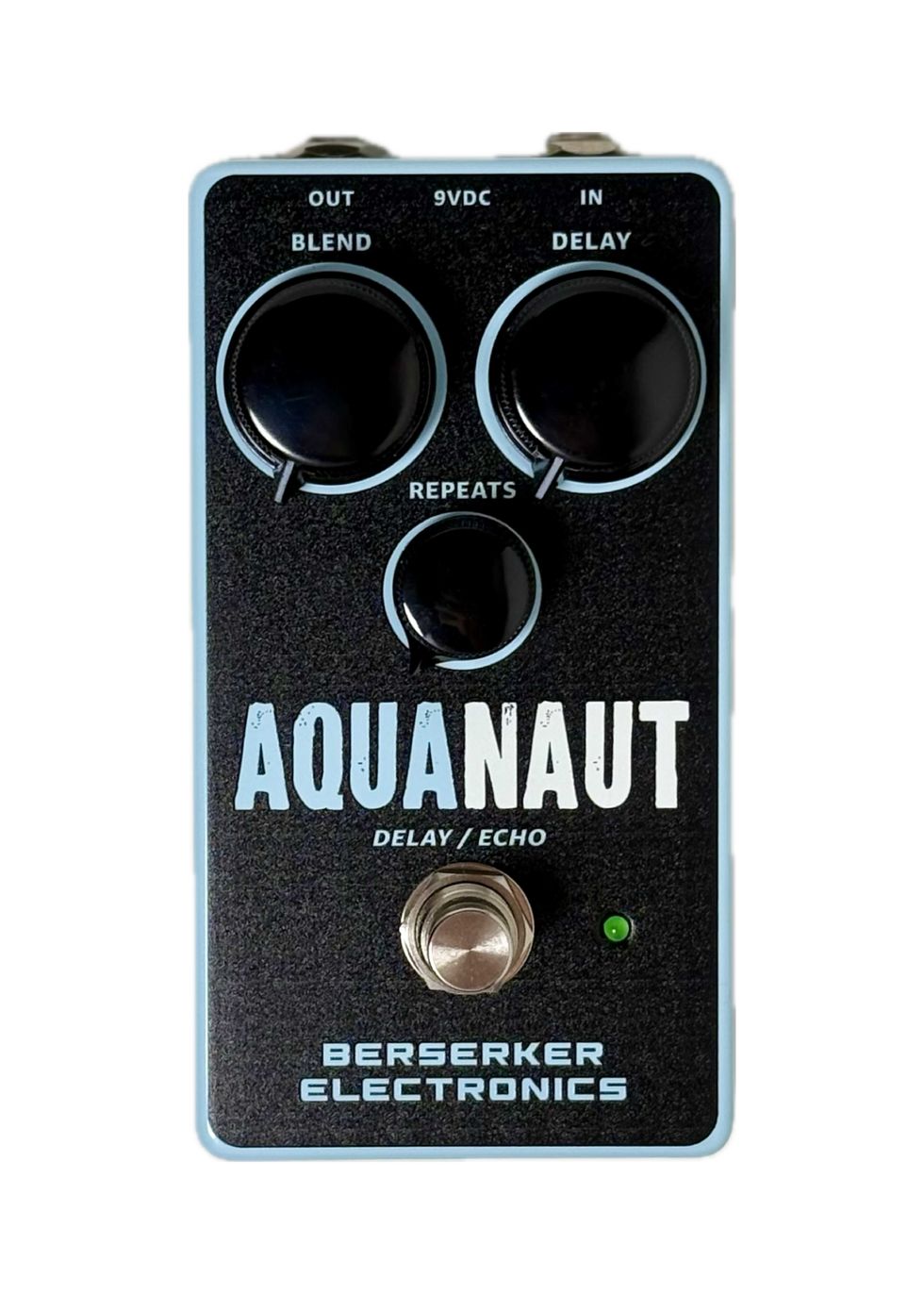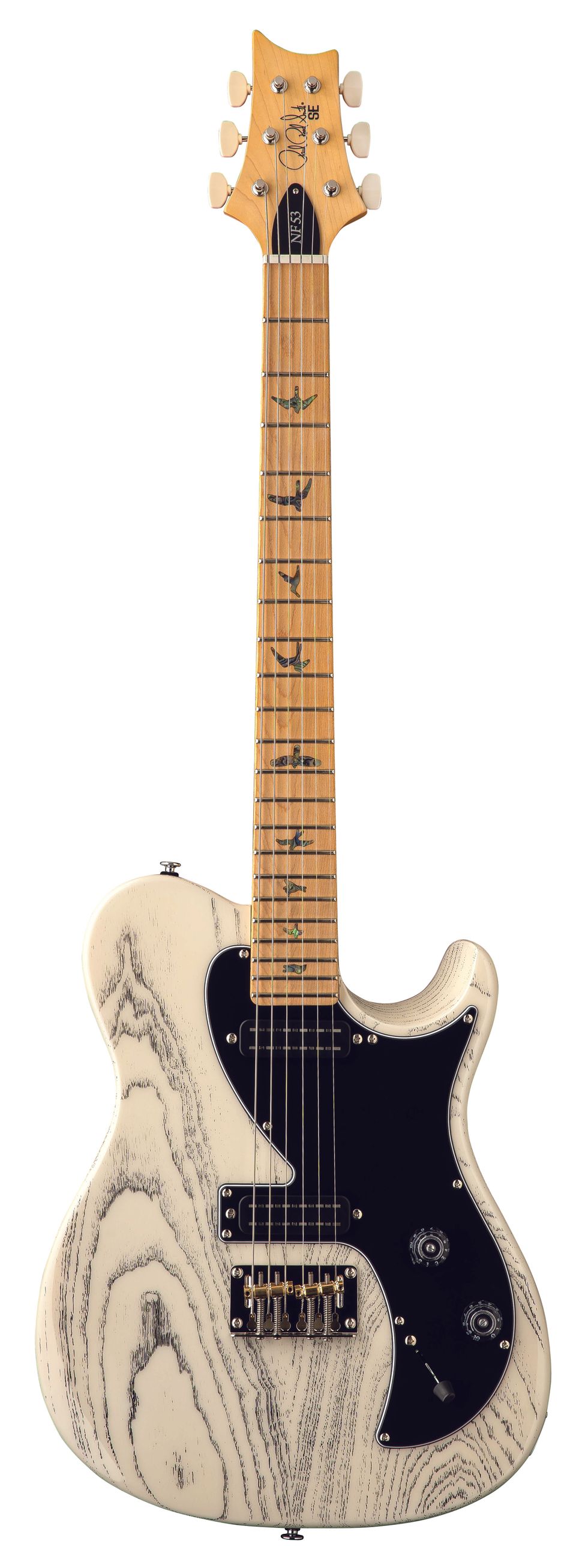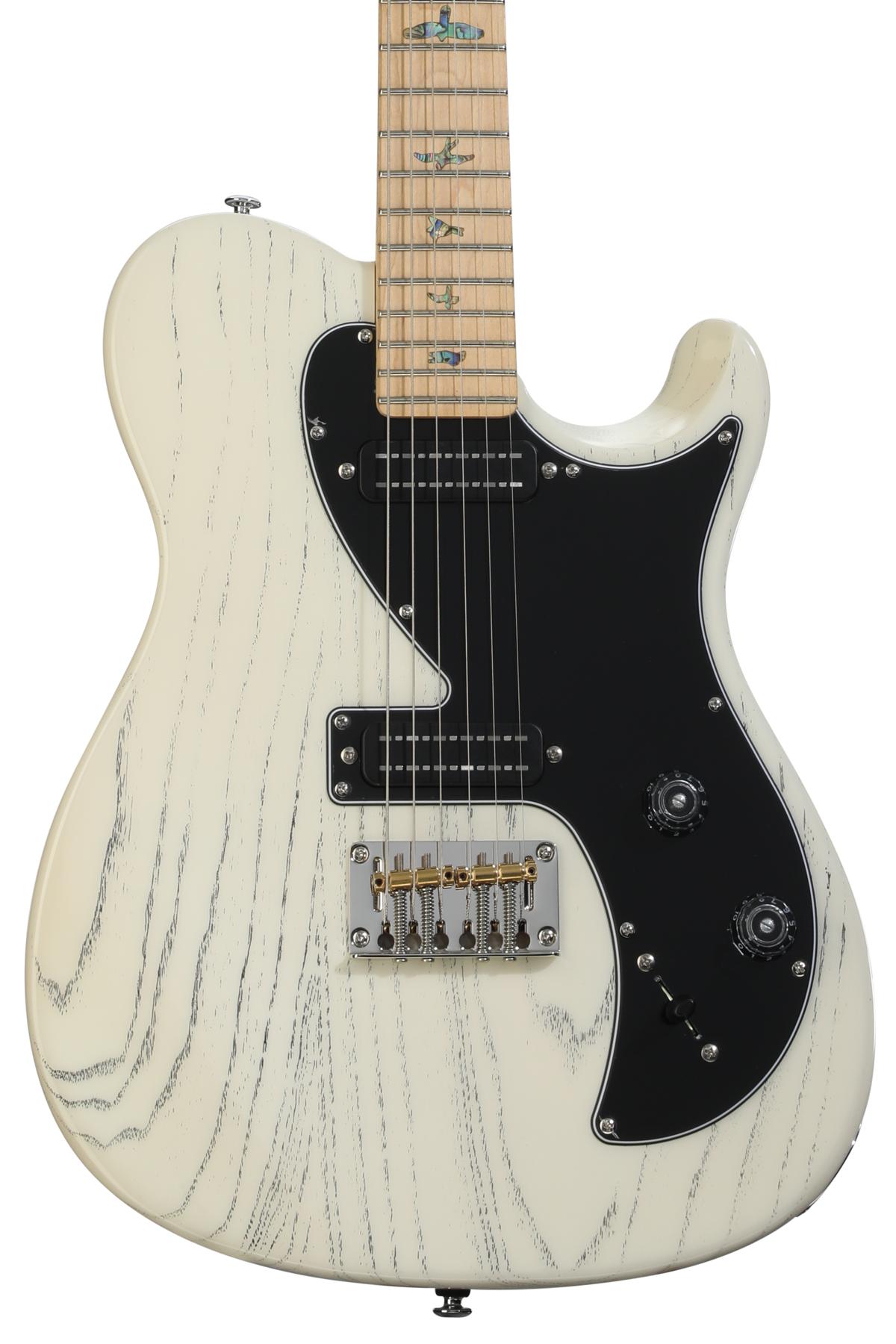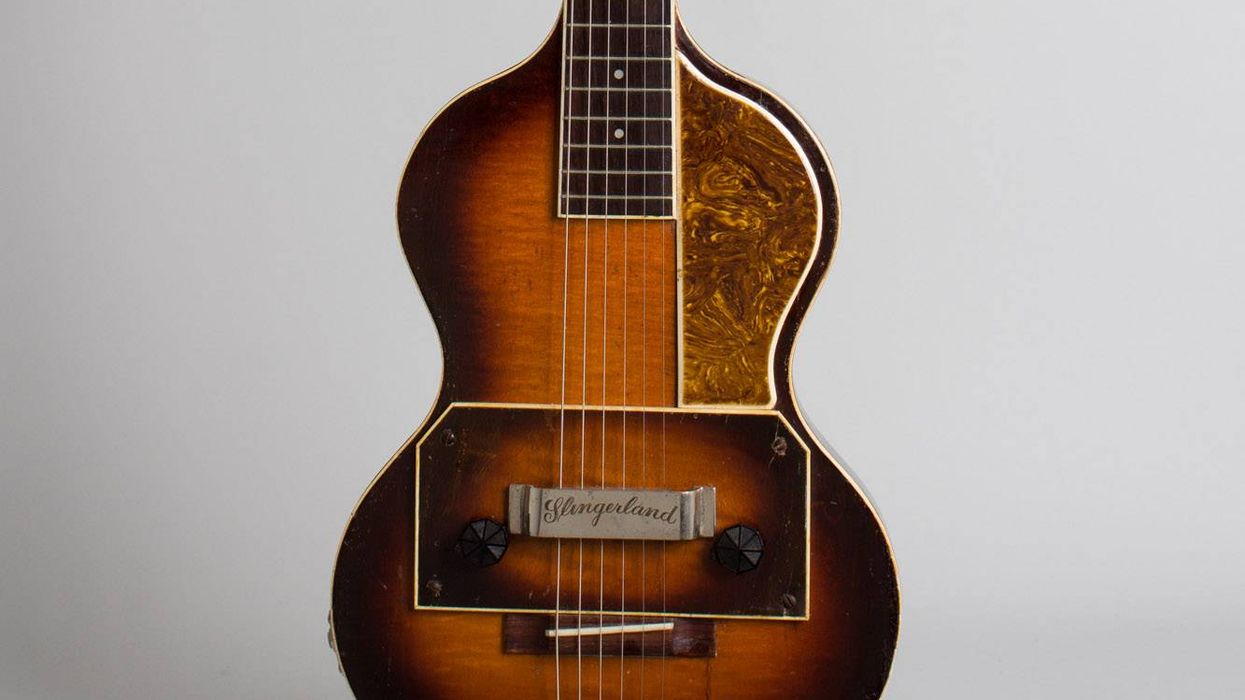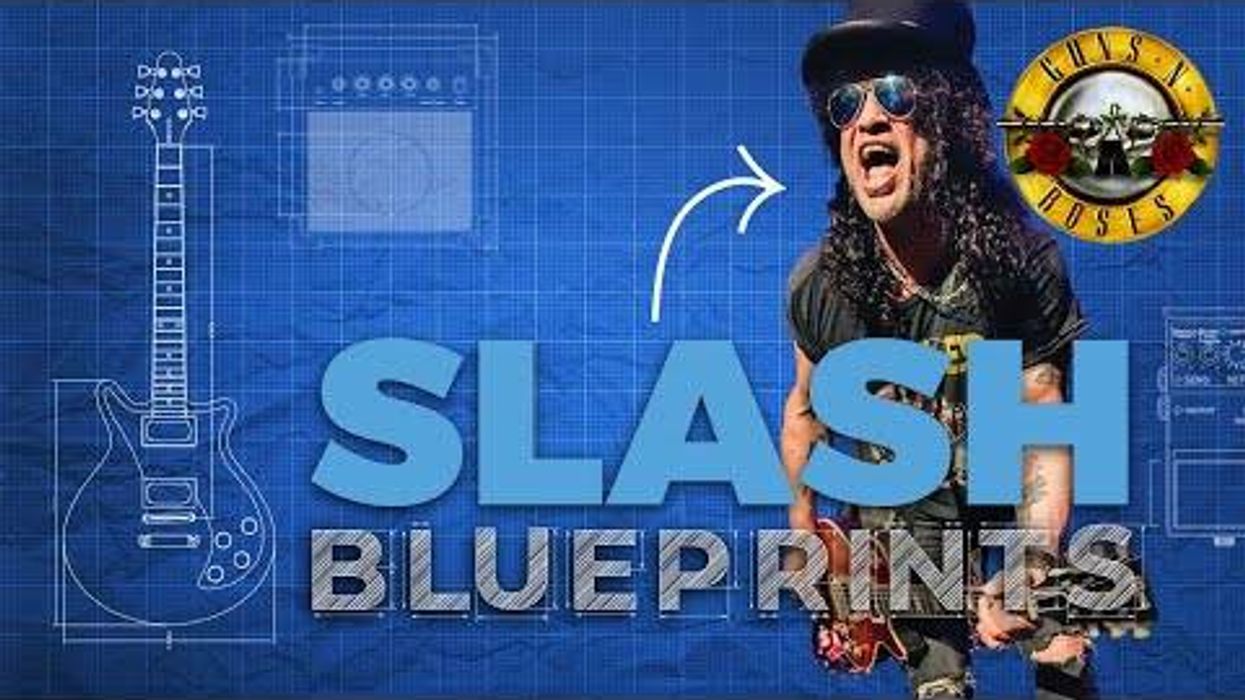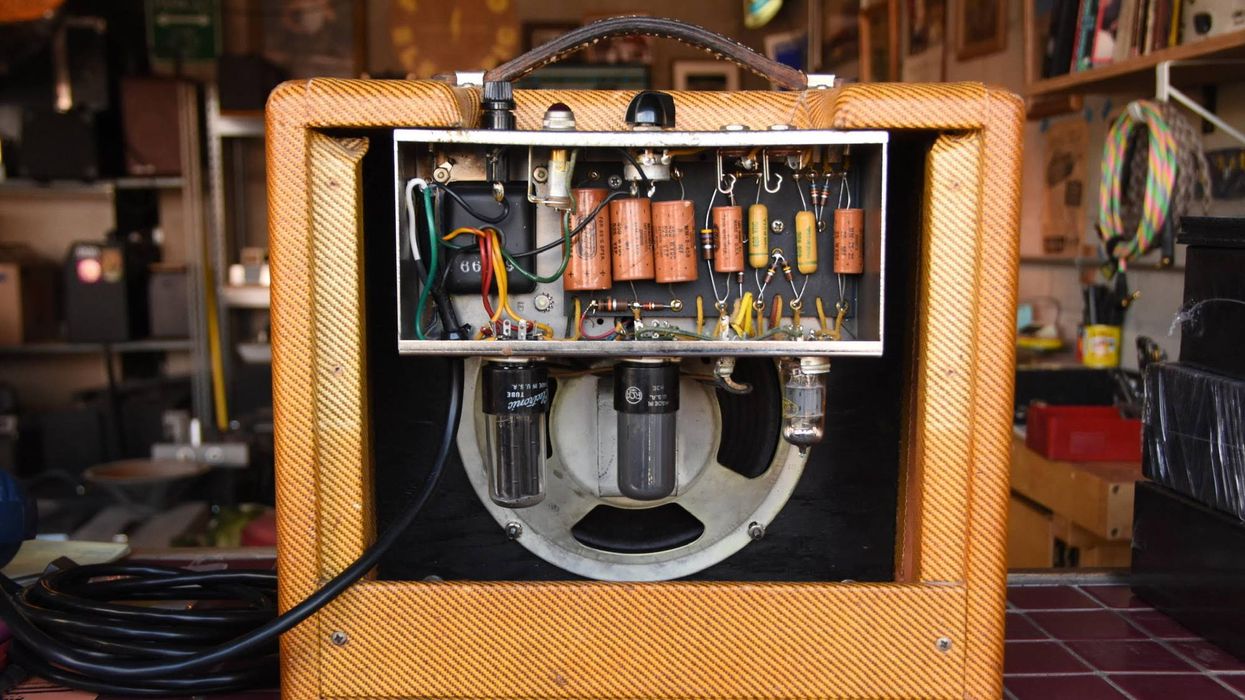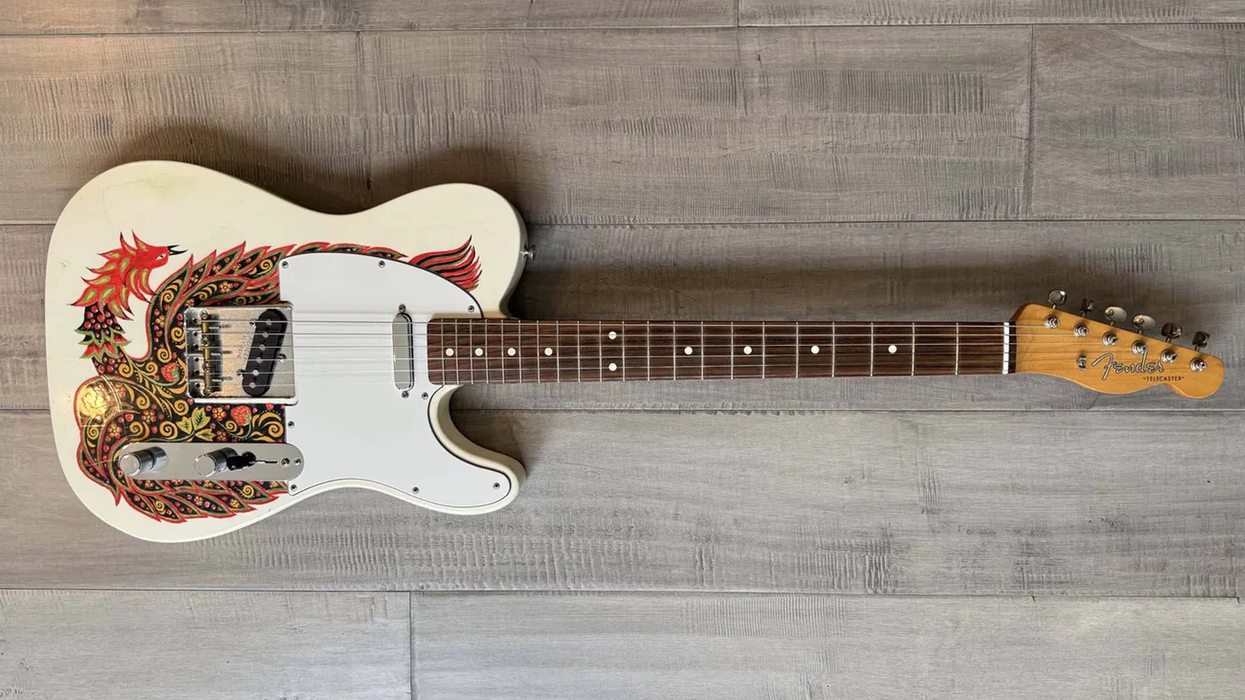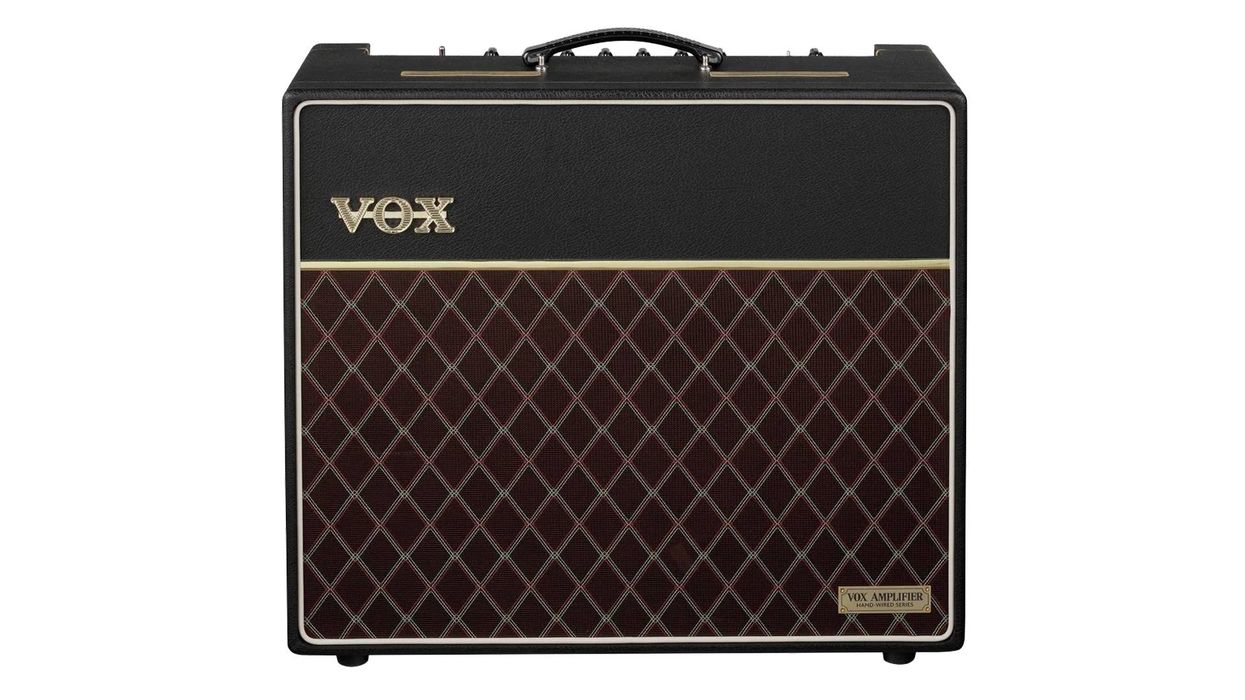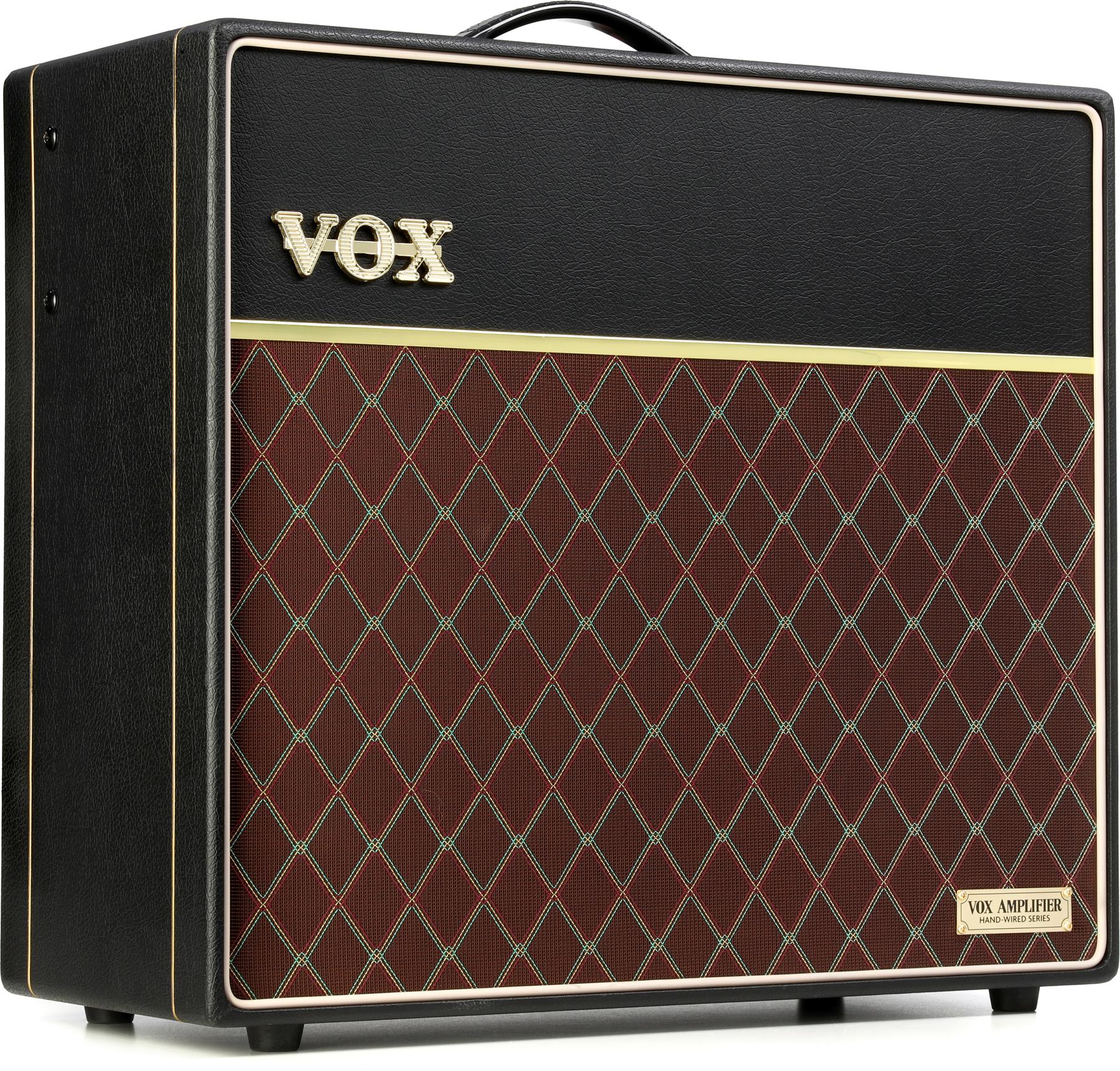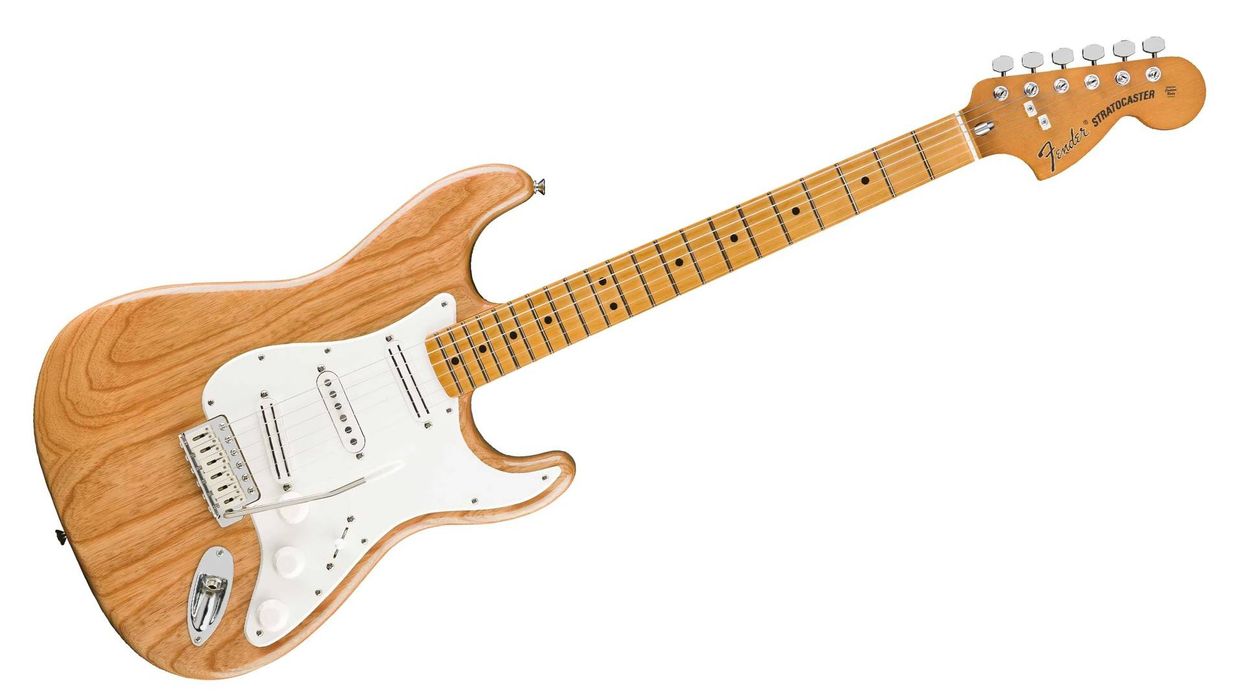The first entry in Friedman Amplification’s much-anticipated Vintage Collection is the Plex, a painstakingly crafted homage to Dave Friedman’s own 1968 JMP Super Lead plexi—the archetype and foundation on which the entire Friedman lineup is based.
Any working ’60s JMP Super Lead is an amazing amplifier, but the combination of Dave’s ears, experience, and quality time with his own Super Lead add up to a melding of twists and tradition that captures the richness, power, and dynamics of Marshall non-master-volume amps in a high-quality and, if you want, quieter package.
Stripped Down, Lowdown, Bright, and Brighter
True to lineage, the 50-watt Plex uses a pair of EL34 power tubes and a trio of 12AX7s pulling preamp and phase inverter duties. The familiar volume 1, volume 2, presence, bass, and mid knobs handle gain and EQ tasks. But the Plex deviates from tradition, too. An old Marshall Super Lead has four inputs—high and low sensitivity inputs for channel I and II. The Plex, however, uses a single pair of inputs that are hardwired in jumpered fashion—the same way you might jumper on the front panel of a 2-channel Marshall—effectively mixing the two preamp stages. A post-phase-inverter master volume helps keep the sound pressure level in check when you need to cool it without compromising feel and dynamics. And above each volume knob is a 3-way bright switch. The switches alter the frequency and gain response of the corresponding volume control, toggling between a darker bypassed setting, a mild treble boost enabled by a 100 pF bright capacitor, or a screaming third setting with a 4700 pF cap in the line. The power switch doubles as a high/low voltage selector, engaging an internal Variac that drops operational voltage from 120 volts to 90 volts, achieving the brown sound synonymous with ’80s hard-rock Super Lead applications.
The spartan back panel sports outputs for 4-, 8-, or 16-ohm loads and an IEC mains power input. The head weighs in at a reasonable 34 pounds with dimensions of 24" x 10" x 8.75"—just a hair smaller than a real JMP. The circuit is arrayed on a high-quality printed circuit board—a manufacturing method Friedman favors in many respects for quality control purposes.
But … Does It Van Halen?
Hell yes it does. Dime the Plex, flip it to low voltage, and you’re living in the Eddie zone. Recreating that high-octane, modded-Marshall aggression and kerrang with the most familiar Marshall-style knobs is easy and intuitive. But this amp is full of surprises, too, and many sonic possibilities hide behind the simple additional controls.
The lead channel, controlled by volume 1, is aggressive and edgy, capturing the cut and midrange growl most immediately associated with vintage plexis. Anything below 3 on the gain control is pretty clean. At around 4, hot pickups will induce breakup. And in the 5-to-6 range, it comes alive with rich saturation, enhanced harmonics, and sustain. Approaching 10, the Friedman blossoms into something furious and snarling. The 100 pF bright capacitor setting gently lifts the top end for a hint of jangle, while the 4700 pF cap boosts upper midrange and treble, adding even more chimey range and sharper bite.
The normal channel, controlled by volume 2, feels very much like the antithesis of the lead channel. It’s dark and brooding with lots of resonance in the bass. Keeping the gain below 5 still yields a woolly, forceful voice. Starting around 6 it slips into thick clipping, and as you move toward 10, the Friedman delivers progressively denser tonalities, more compression, and more sustain. The 100 pF bright cap mode adds a splash of air, while the 4700 pF setting significantly jacks the drive and boosts frequencies from 1200 Hz up. Each is a very different version of a cool color.
Sonic Structure
Much of the amp’s tone-shaping flexibility comes from using the volume knobs, not just for gain, but as tone controls to create a best match for a specific guitar. In a general sense, the normal channel adds fullness and body to single-coils, while the lead channel brings definition, bite, and clarity to humbuckers. With a Stratocaster, setting both channel volumes in the 3-to-6 range achieves classic Marshall clean that hints at Hendrix. Strat pickups sound zingy with bright caps bypassed, but the 100 pF setting adds even more attractive shimmer. Lead mode and high gain settings are a nice fit for a Strat, too. Setting the lead channel to 7-to-8 and backing the normal channel to 4 pushes the amp to full-bodied, blistering sustain, and adding the 4700 pF bright cap adds upper midrange urgency. P-90s in a Les Paul Jr. are a more extreme version of this recipe—gritty, snarling, and explosive. But if I ever sensed the signal was lacking, just rolling up the normal channel and using the 100 pF cap did the trick—evoking, more than once, the gritty style of the Pixies’ Joey Santiago.
The Plex’s dynamics and touch sensitivity are outstanding. Using just variation in guitar volume and picking intensity, I effortlessly moved from clean arpeggios to crunch and full-on shred. The low sensitivity input felt especially nice for working with these intensity adjustments, too. It predictably reduces gain, but it also darkens and mellows edgier pickups. The vintage-voiced tone stack is sensitive as well. Treble, mid, bass, and presence controls are accommodating, cover a lot of harmonic range, and even extreme EQ settings never seem to neuter the fundamental voice. If you use pedals, you’ll run them straight into the front of the amp. There’s no effects loop here. Still, a Riveter Electric Brass Tacks treble booster with dark amp settings conjured the sounds of early Sabbath, and the front end easily handled the extra level.
My Kid’s Asleep
Usually, implementing a master volume in this type of circuit can produce sonic anemia at low levels. But Dave Friedman’s addition of a unique post-phase-inverter master volume means you can preserve much more tone, character, and feel at tiny-venue levels. The low-voltage Variac mode offers interesting less-hot options, too, enabling spongier, more saturated, creamier tones at less deafening volumes.
The Verdict
The Plex offers a perfect balance of vintage Marshall-ness and a not-too-busy list of practical extra features—maintaining the essence of plexi tone while expanding tone-shaping functionality and increasing the amp’s useful volume range. But for all its enhancements, the Plex stays close to its vintage inspiration, giving it a brash, raw, unruliness that’s always exciting

